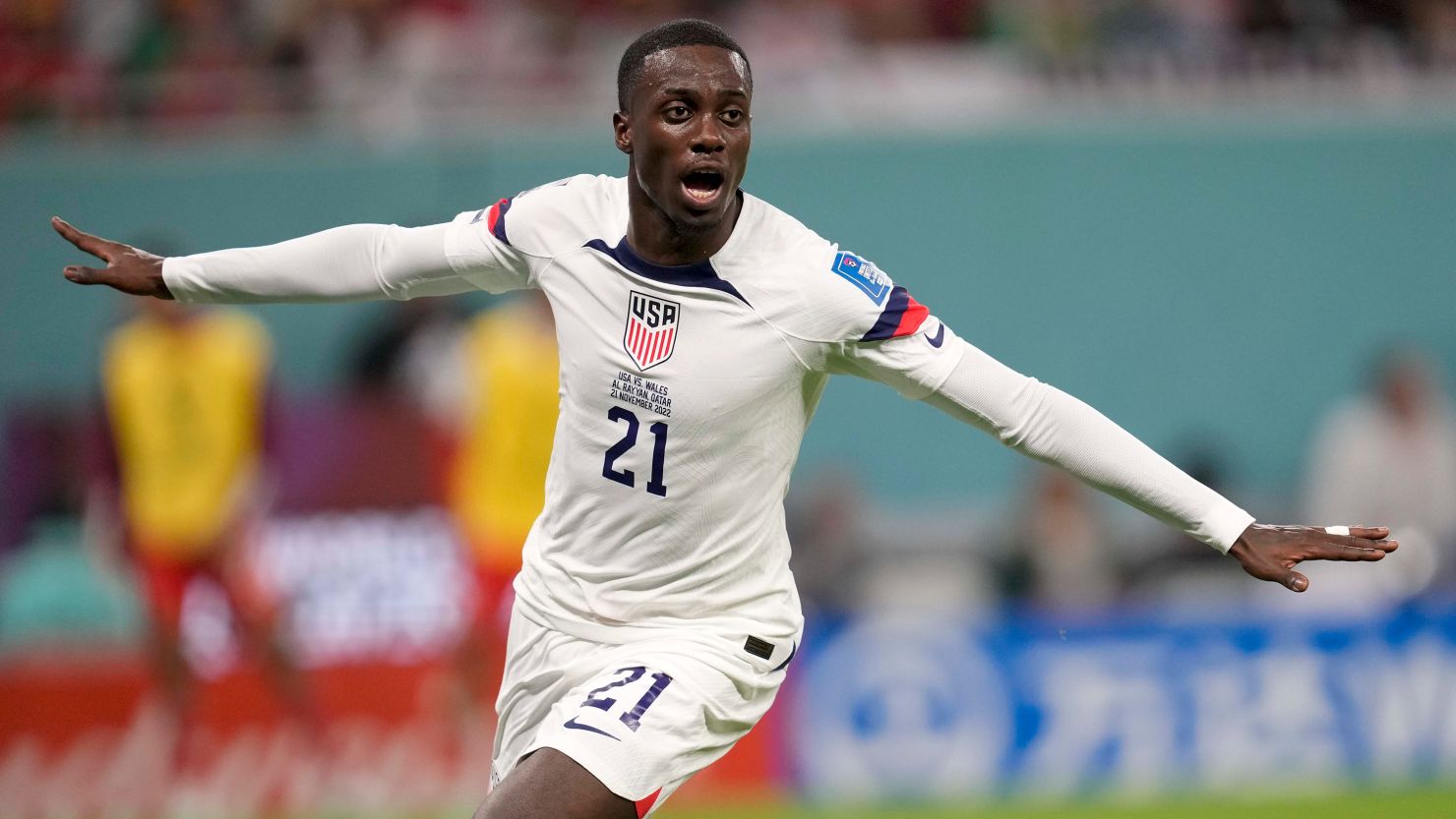The minute the final whistle blew on Saturday and the Netherlands knocked the United States Men’s National Team (USMNT) out of the World Cup, 2026 seemed much closer on the horizon than it had just a few hours previously.
The next World Cup – hosted primarily in the US, along with Canada and Mexico – is three-and-a-half years away, and hopes are already high for what the USMNT’s young, so-called ‘golden generation’ can achieve there after it showcased its talent in Qatar, despite crashing out in the round of 16 with a 3-1 defeat to the Netherlands.
Reaching the knockout stages of this tournament, most pundits determined beforehand, was achievable for the USMNT but not entirely expected – it had a 48% chance of exiting its group in Qatar, according to Nielsen’s Gracenote, a sports data company.
But, although this goal was achieved and the USMNT fell to the heavily favored Netherlands, its win over a determined Iran and draw with heavyweights England in the group stages had hinted at something more, some untapped potential to be drawn out later in this tournament.
The USMNT had the second-youngest squad in Qatar, while its group stage starting XIs were three of the four youngest starting XI in the tournament up until December 1, according to US Soccer. Indeed, the average age of the USMNT’s starting XI in the four matches it played was just 25 years, 139 days. Its youth bodes well for the future.
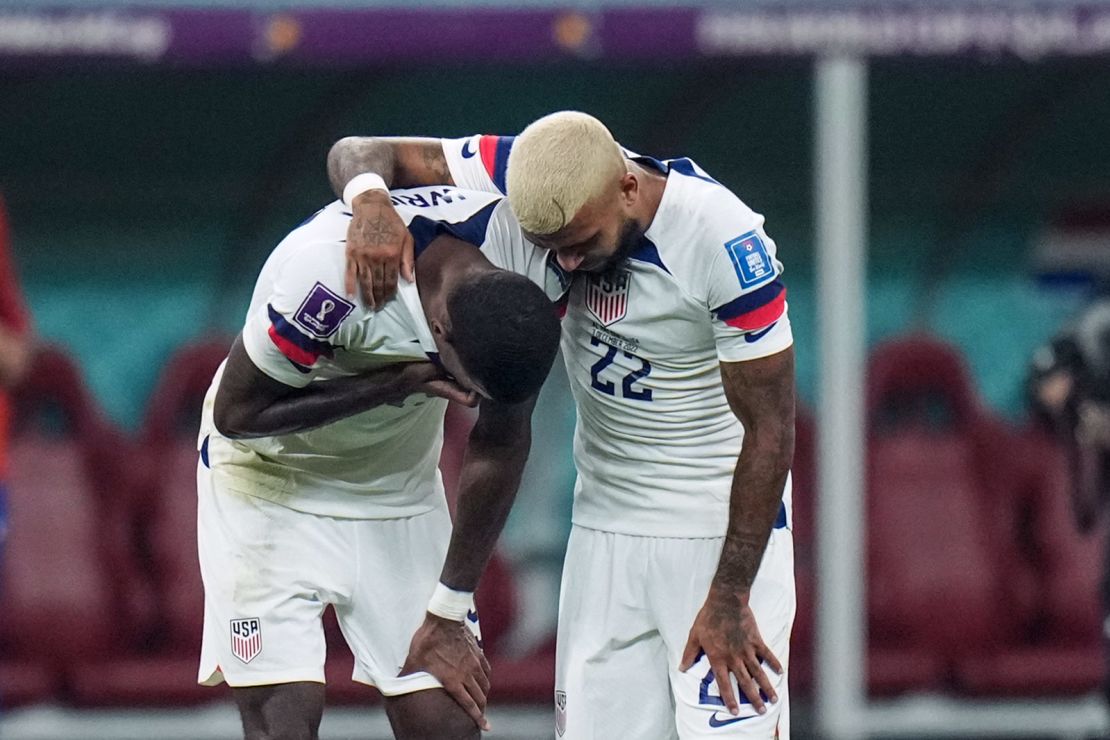
“Fellas, you made us proud. We get up and keep going,” President Joe Biden tweeted. “Here’s to a bright future and 2026 back here at home.”
In 2026, matches will take place in 11 US cities – Atlanta, Boston, Dallas, Houston, Kansas City, Los Angeles, Miami, New York/New Jersey, Philadelphia, San Francisco and Seattle – as well as in Toronto, Vancouver, Guadalajara, Mexico City and Monterrey.
At this tournament, the core of its young team will be reaching their prime – Christian Pulisic, Tyler Adams and Weston McKennie will be 27, Timothy Weah will be 26, Brenden Aaronson and Sergi?o Dest 25, while Gio Reyna and Yunus Musah will still only be 23.
“We set out with a goal to show the rest of the world how we play soccer and I think we partially achieved that even though we fell short of our goals,” USMNT manager Gregg Berhalter said, according to Reuters. “I think this group is close.
“To be fielding the youngest lineup in the World Cup four games in a row and still be able to play the way we are, the American public should be optimistic.”
‘Changed the way the world views American soccer’
Just four years ago, men’s soccer was at its lowest ebb in the US after the USMNT had failed to qualify for the 2018 World Cup, knocked out by Trinidad and Tobago.
Now, with its clutch of young stars – many of whom play in Europe’s top leagues – who have been tested on the world stage, the future seems bright.
Its midfield of Musah, McKennie and captain Adams showed its potential during the group stages, particularly against England when it neutralized proven threats such as Jude Bellingham and Declan Rice.
Its defense was almost impregnable during the group stages and conceded just one goal – a Gareth Bale penalty for Wales.
Pulisic admirably fulfilled his role as the team’s talisman and prime attacking threat, becoming only the second USMNT player to record two assists, and the fourth to register more than three goal contributions at a single World Cup.
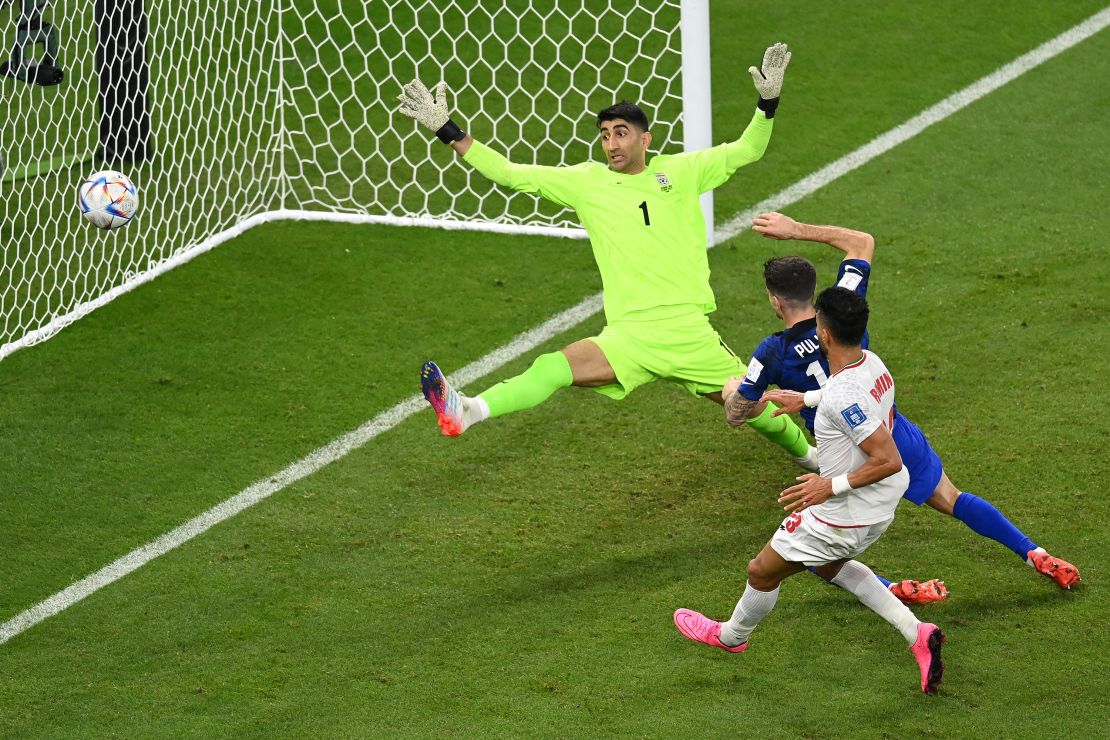
Back home too, the country embraced its men’s football team in a way that it hadn’t before with photos of fans draped in American flags and decked out in red, white and blue shared across social media.
Almost 12 million viewers tuned into Fox Sports to watch the USMNT’s must-win match against Iran, making it the team’s most-watched group stage match at a men’s World Cup on US English language television, according to the broadcaster.
Meanwhile, an average of more than three million viewers have watched the World Cup’s opening 31 matches, marking an increase of 44% since 2018, said Fox Sports.
“We had a mission from the beginning. You know this four year journey changed the way the world views American soccer and I think with this tournament the performances that we put in I think we accomplished that,” said a tearful McKennie after the Netherlands defeat.
“I’m very proud. We had a lot of doubts against us, many people thinking that we wouldn’t even make it out of the group. Obviously you know we didn’t want to be in this moment right now, not winning this game.
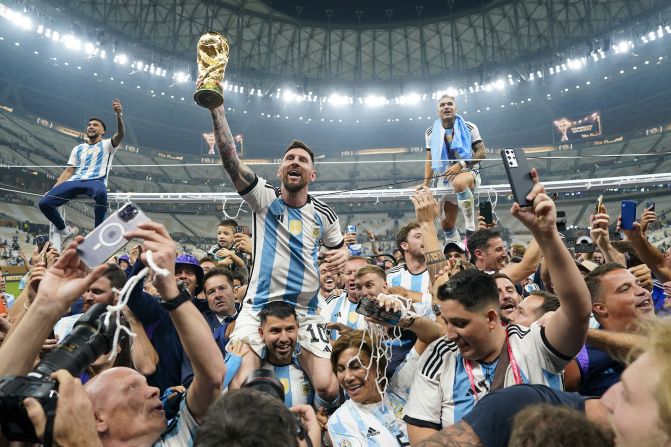


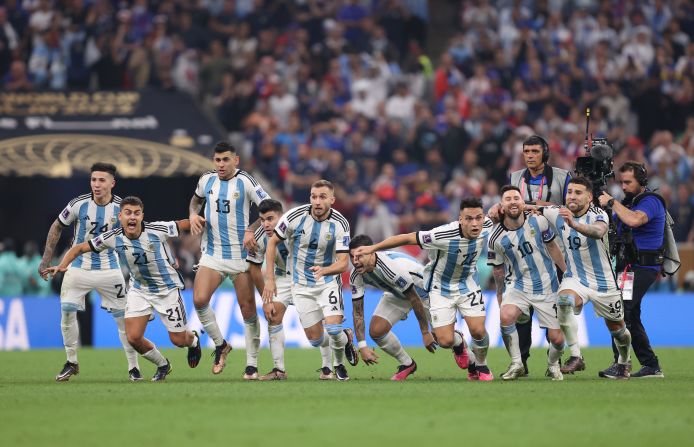

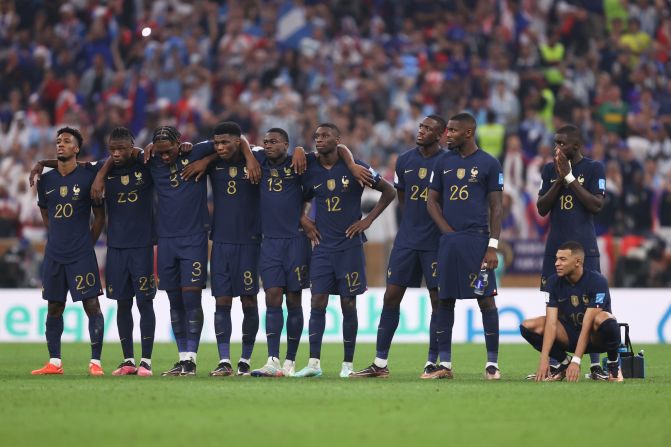

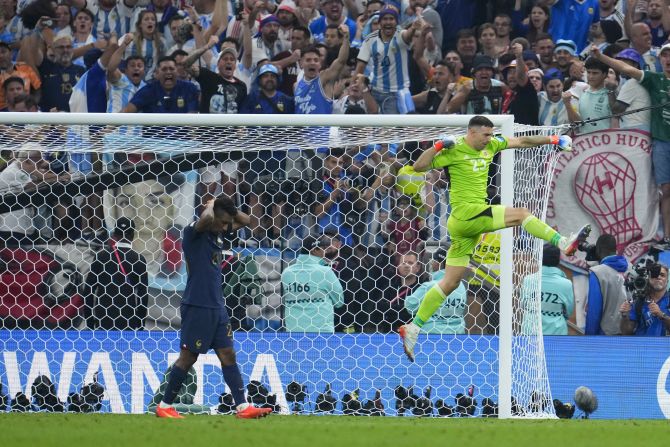
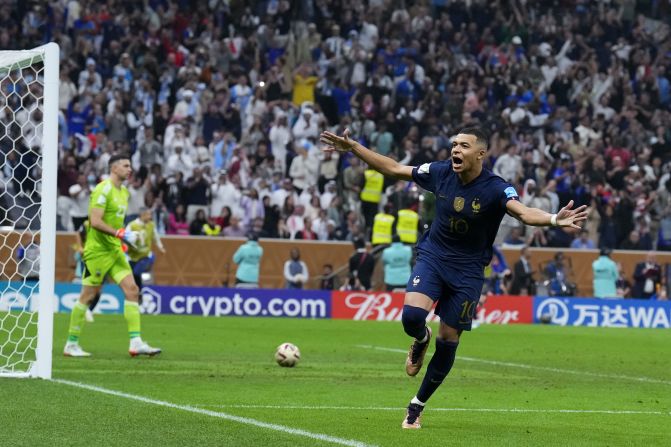
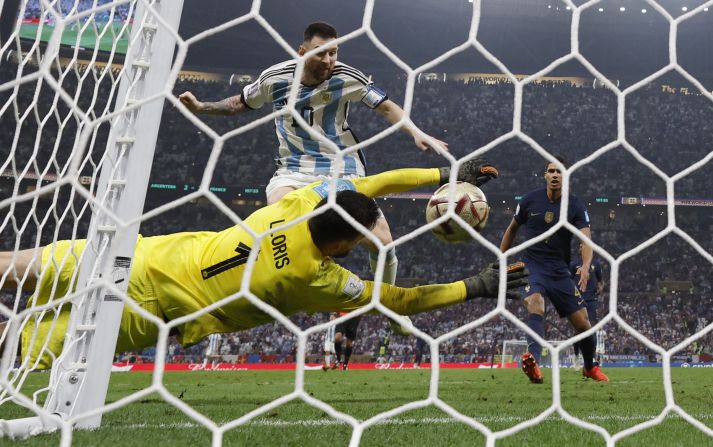
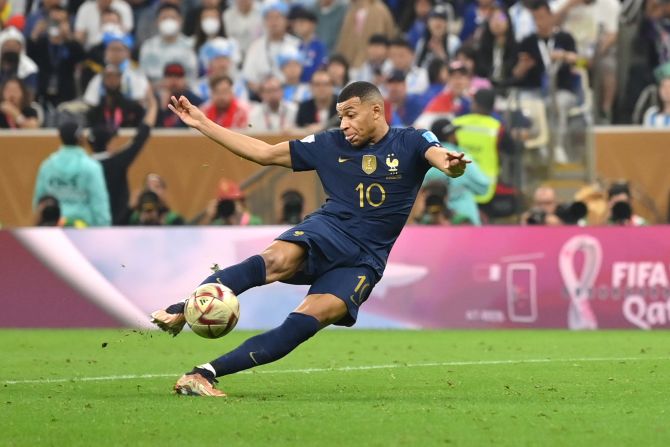
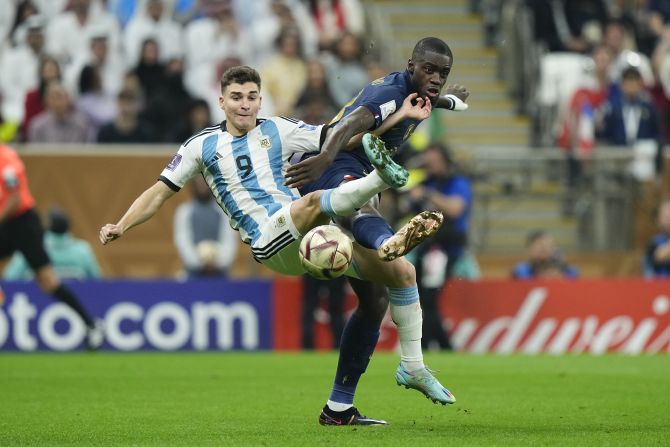

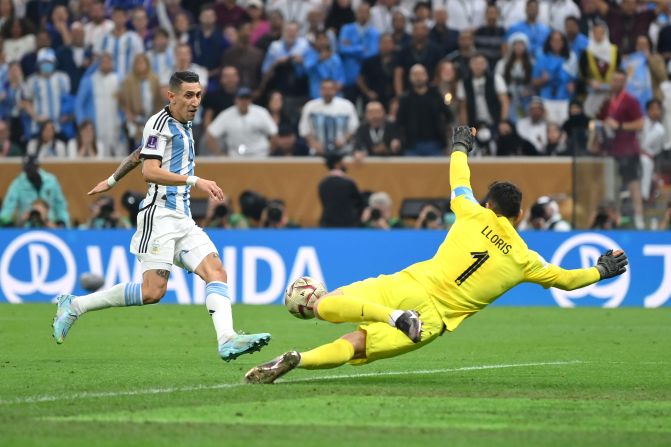
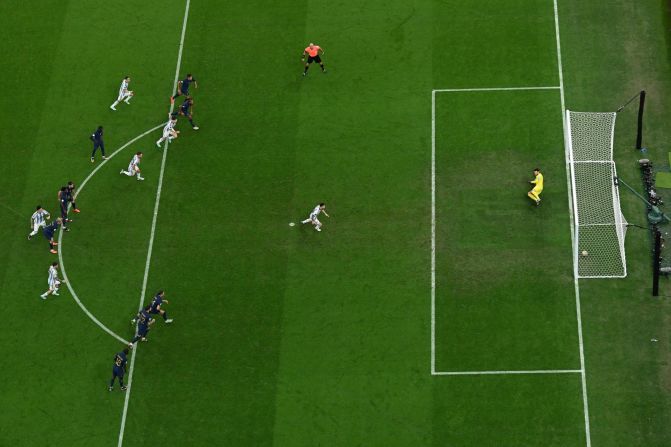
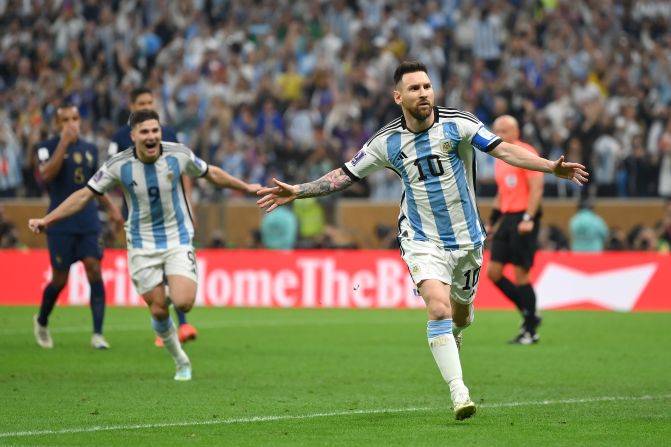

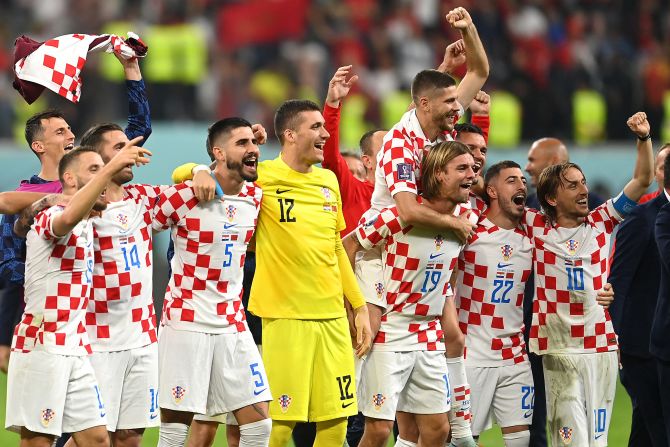
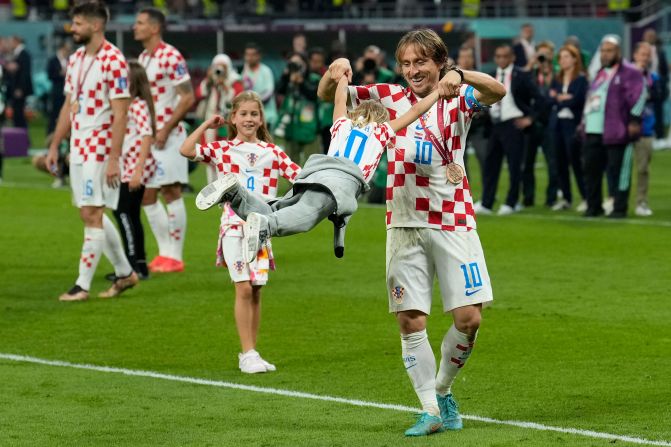
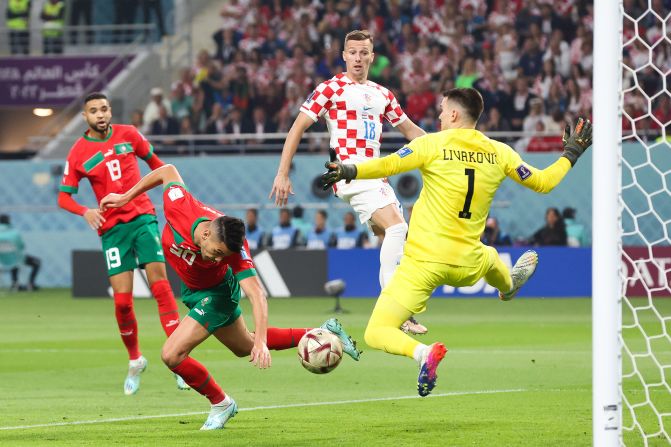
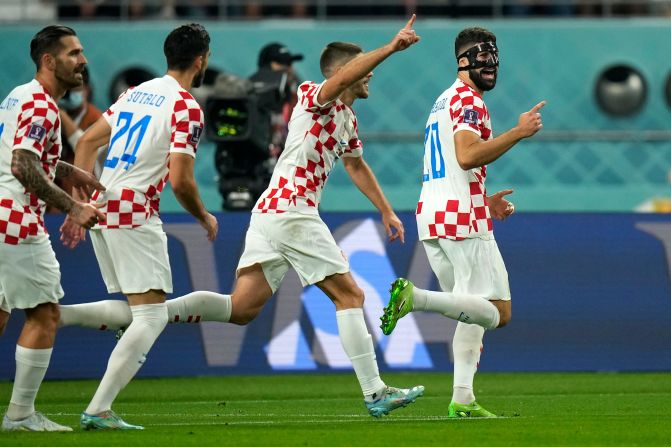
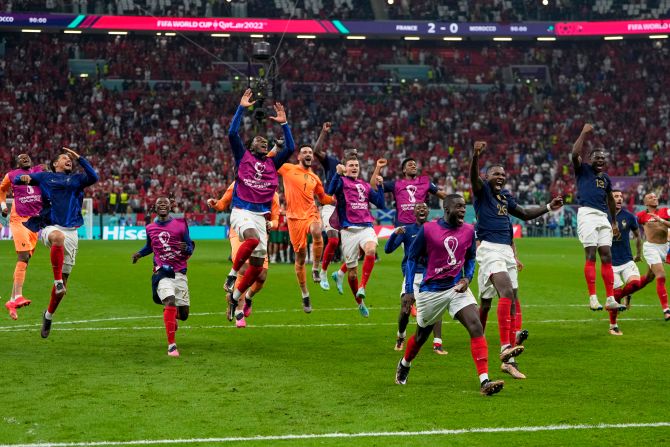
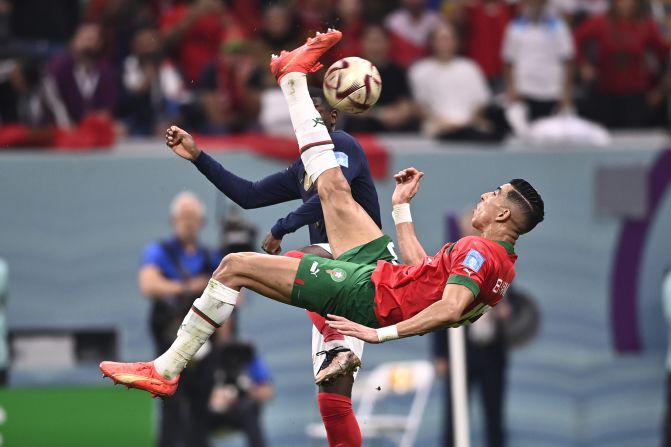
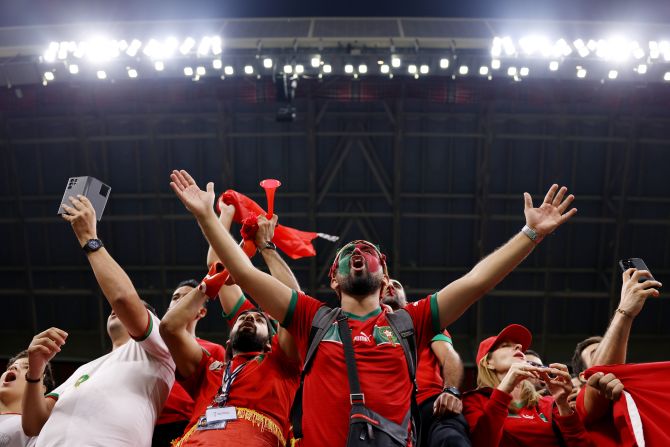
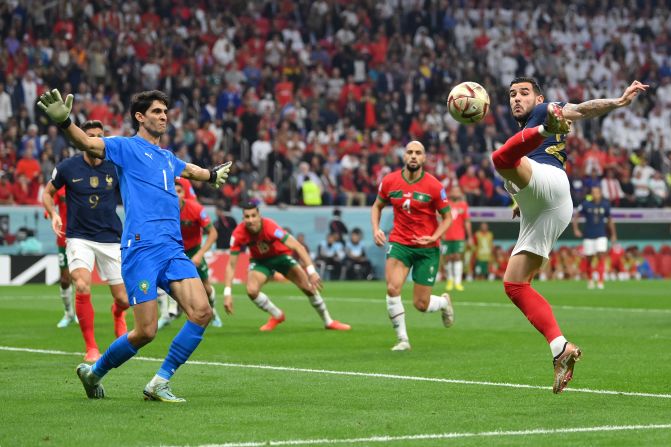

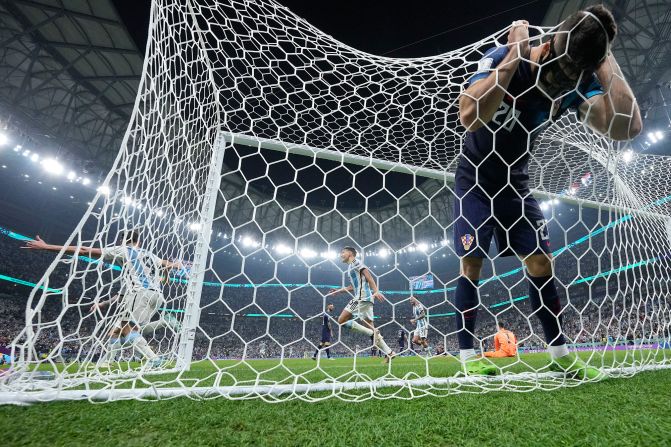
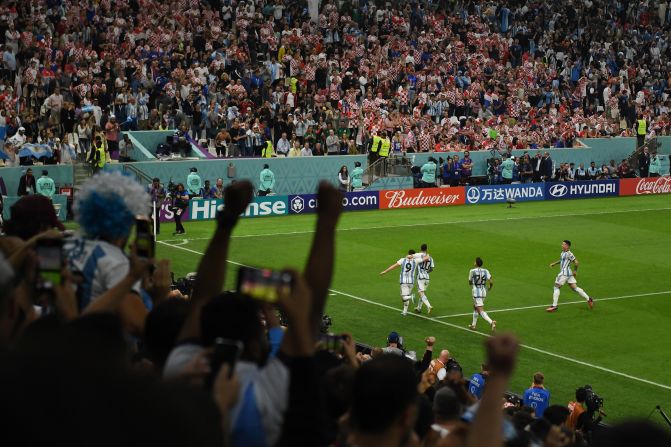
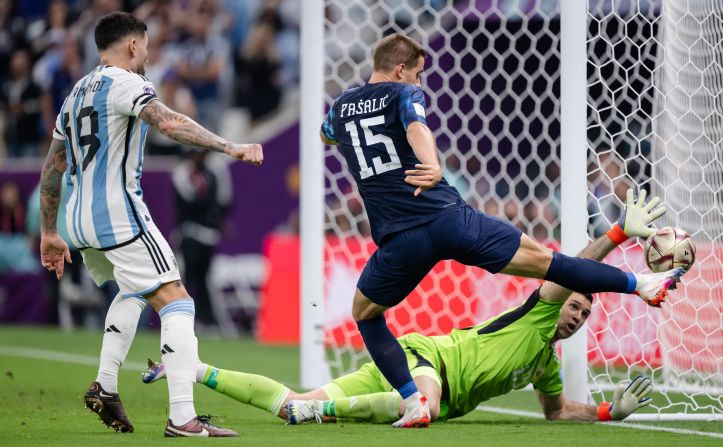


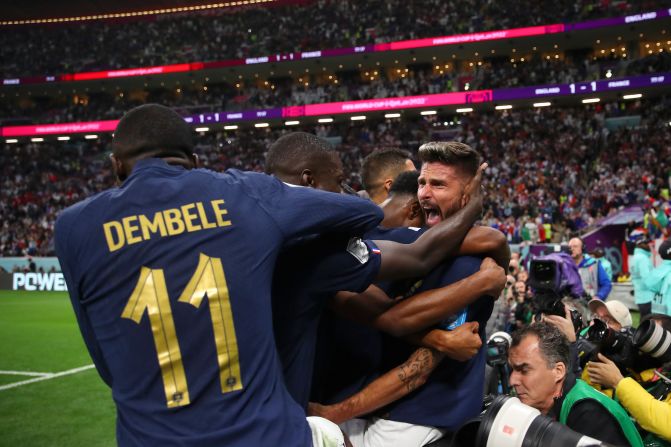
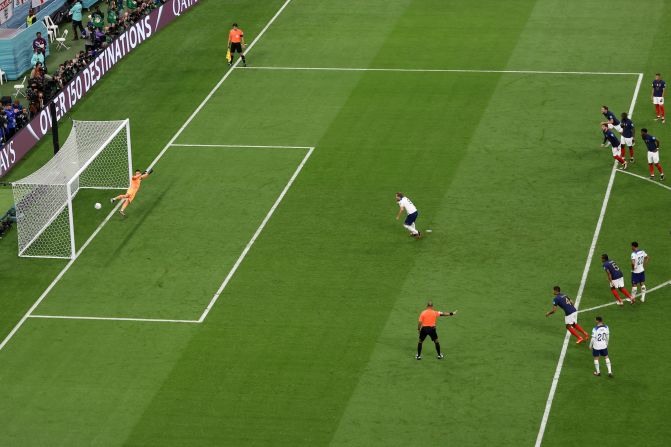
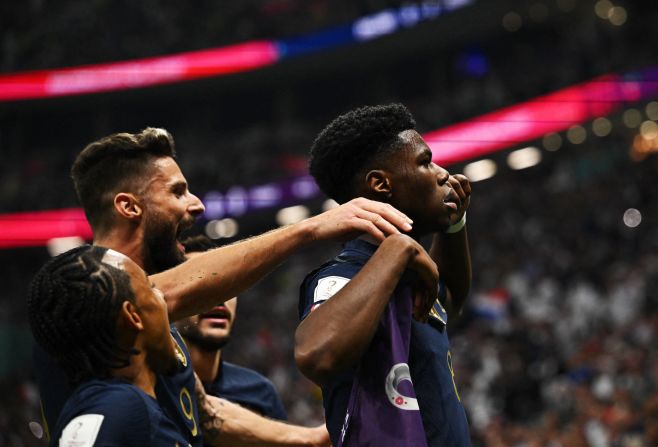
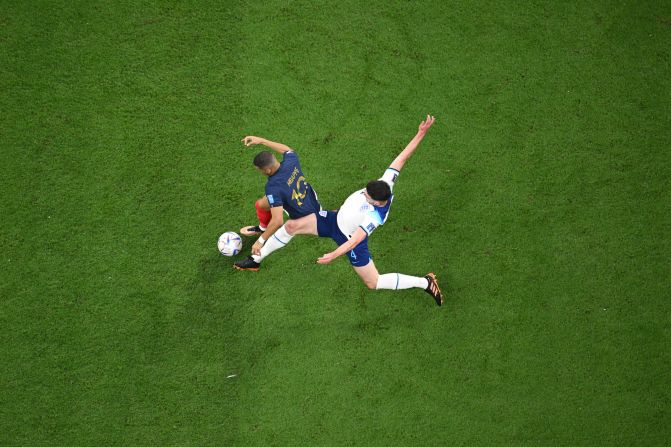

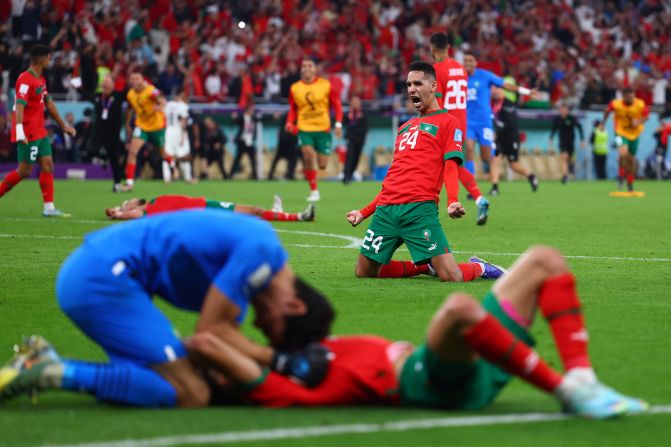


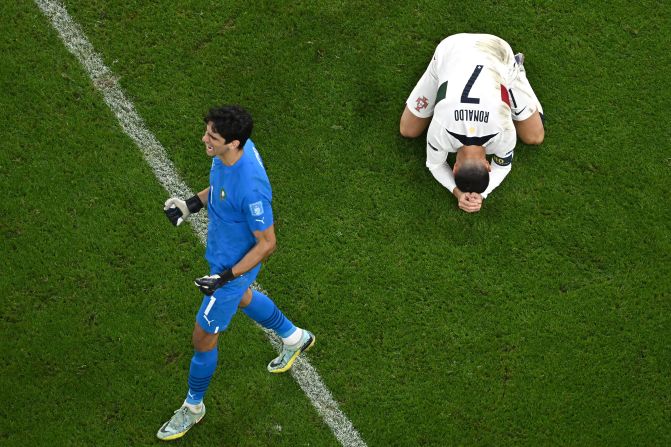
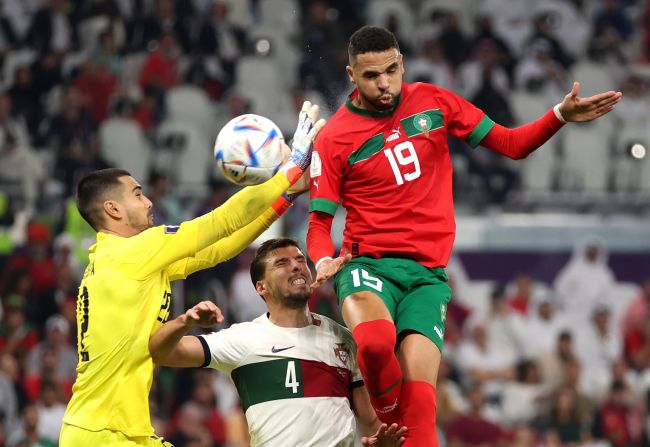

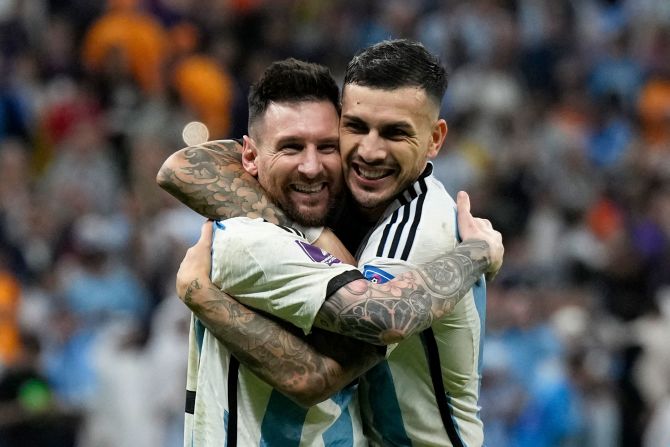
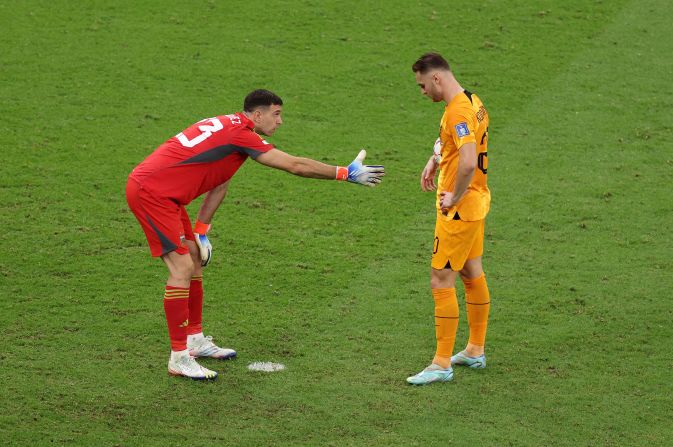
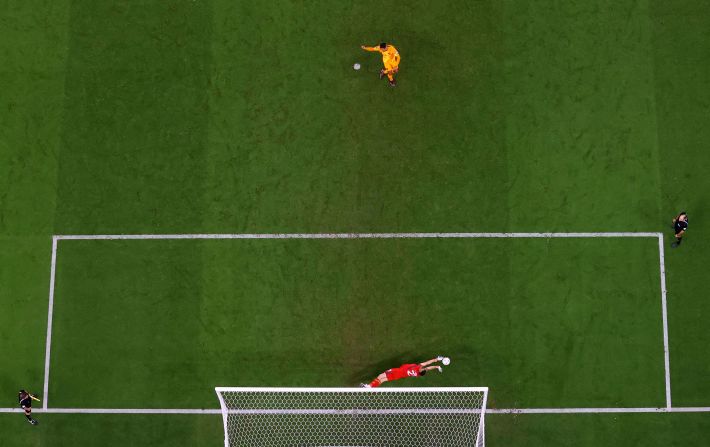
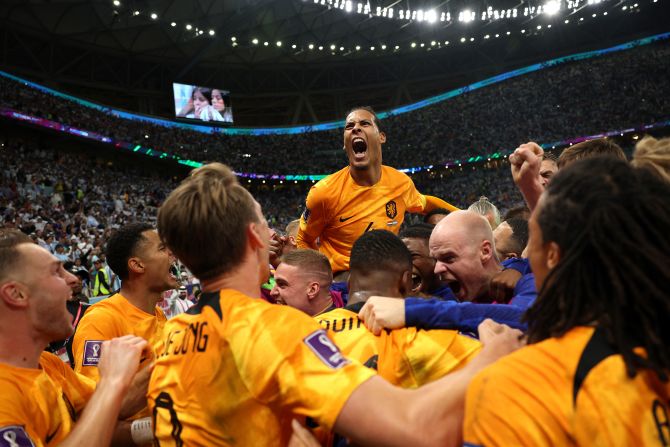


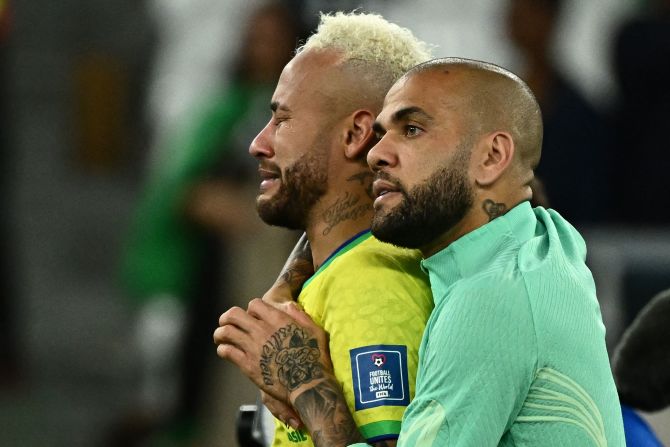
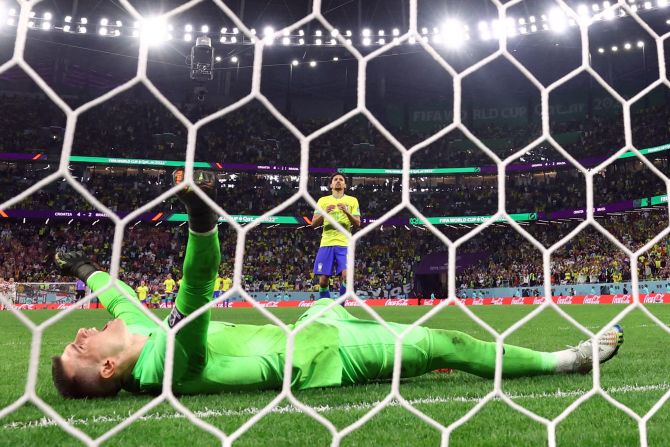
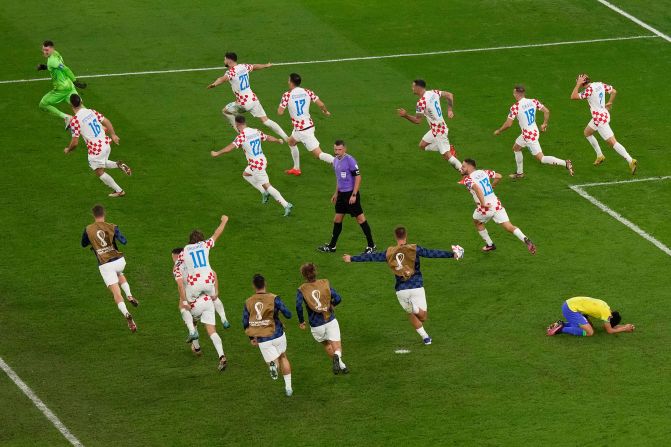
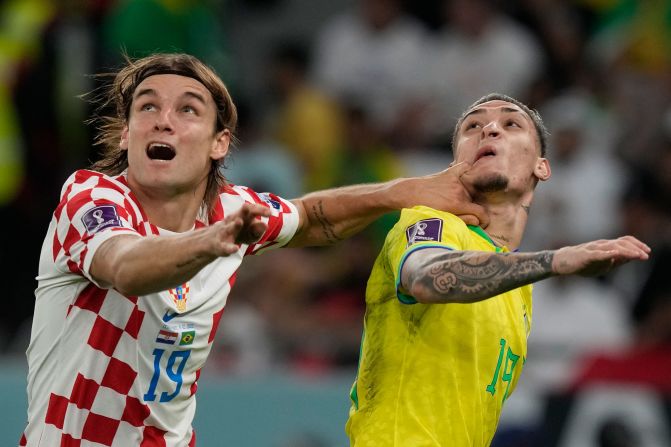

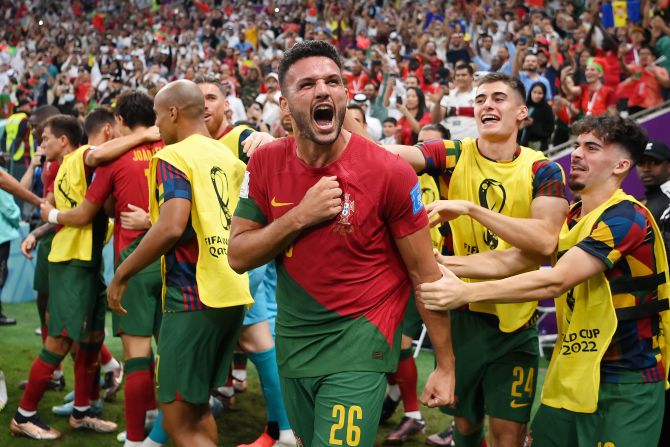
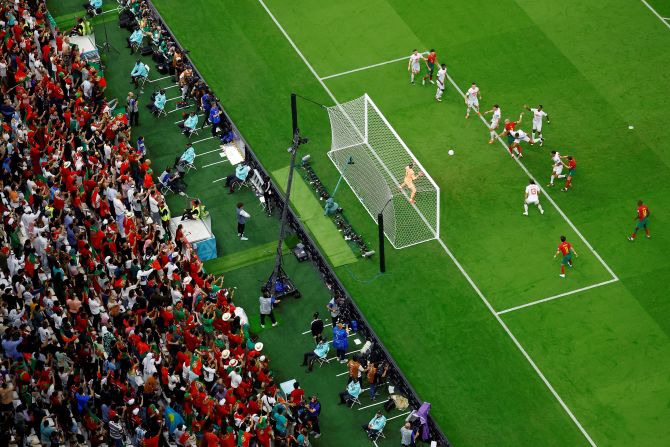
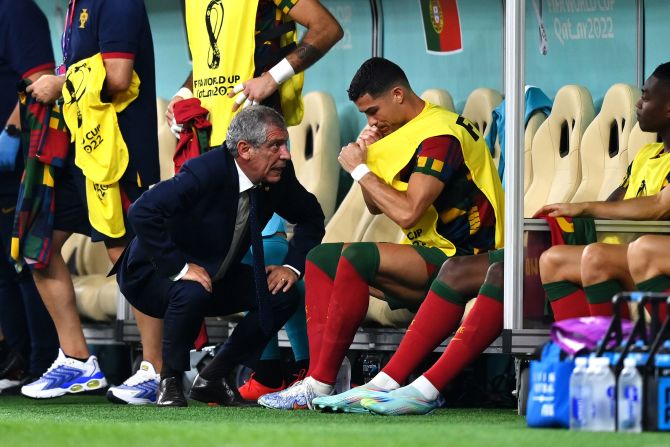
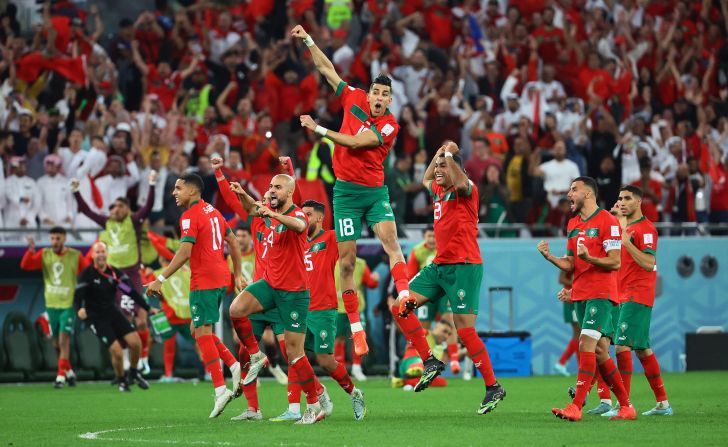
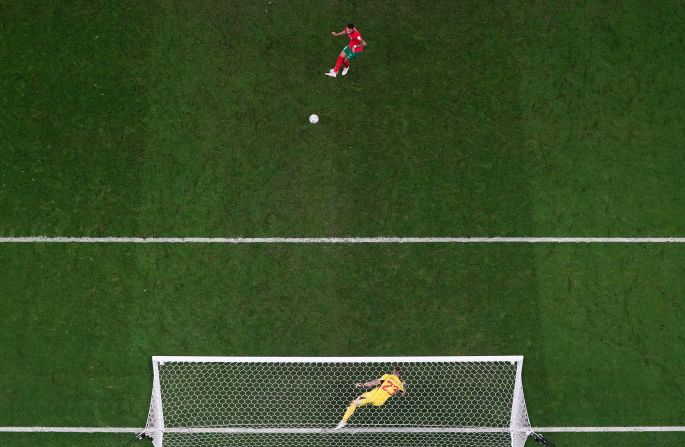
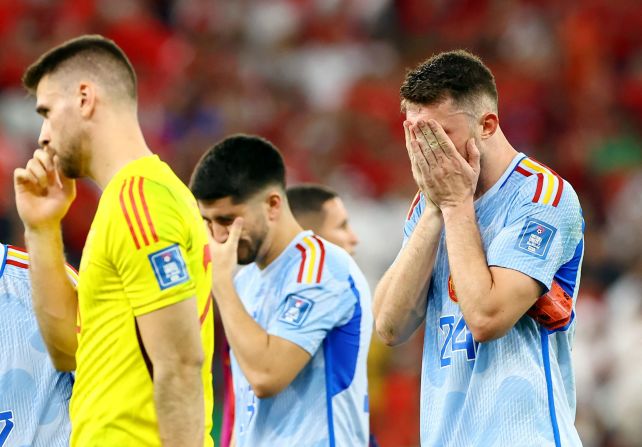

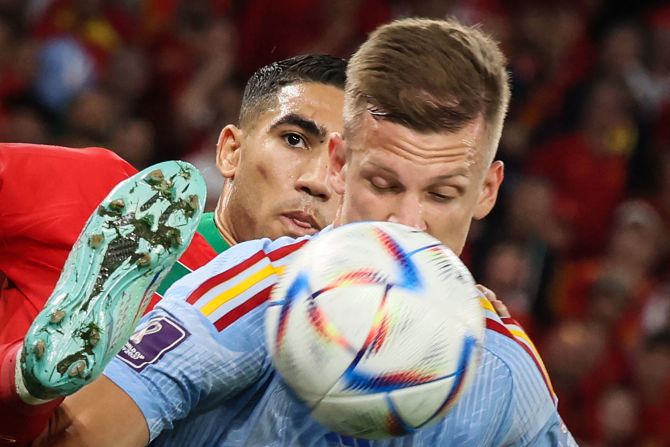

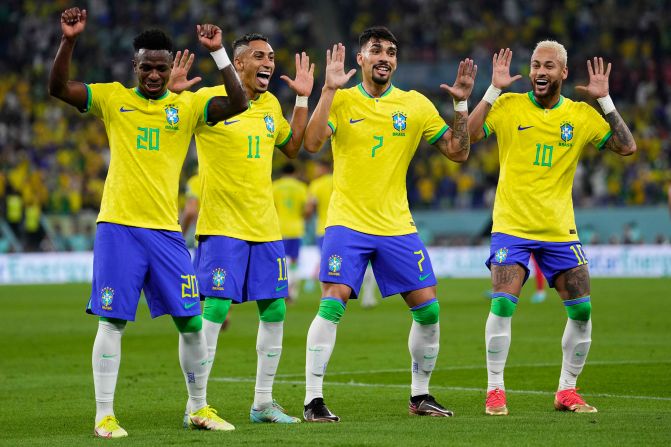

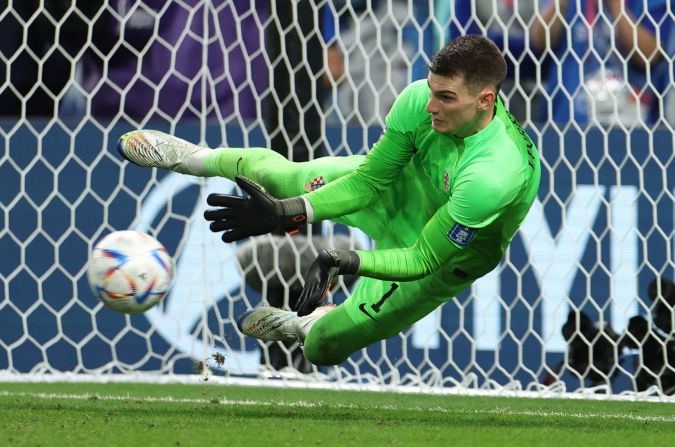

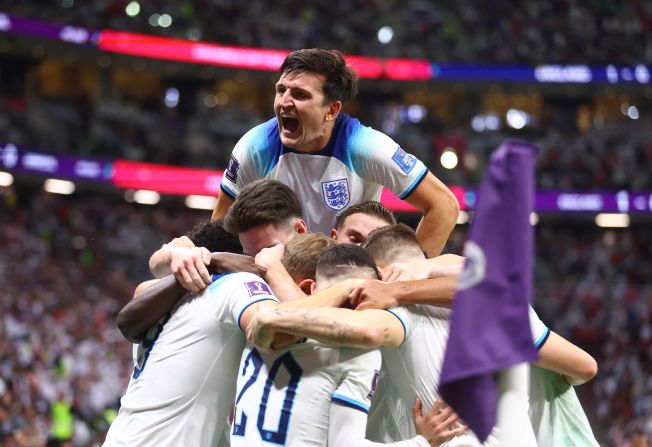
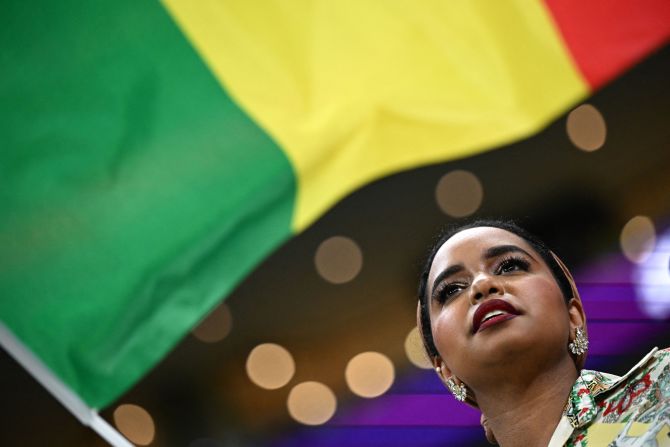


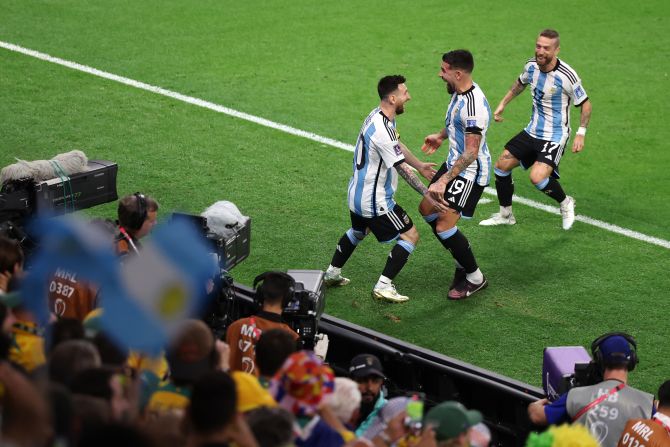

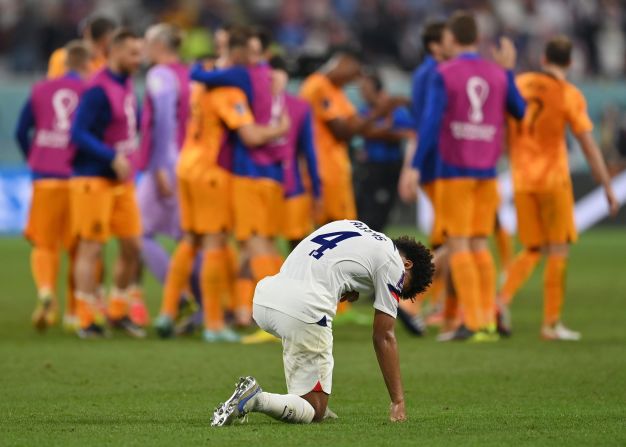
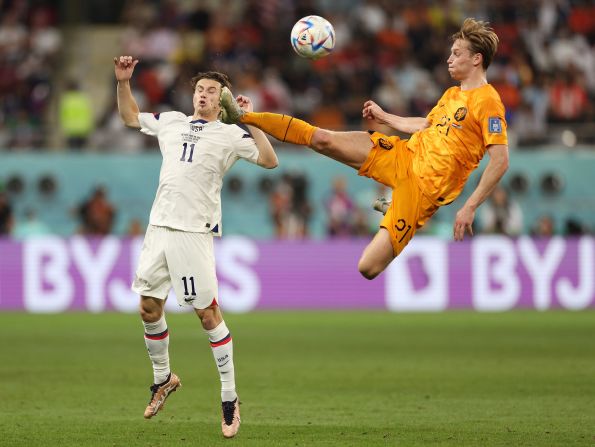

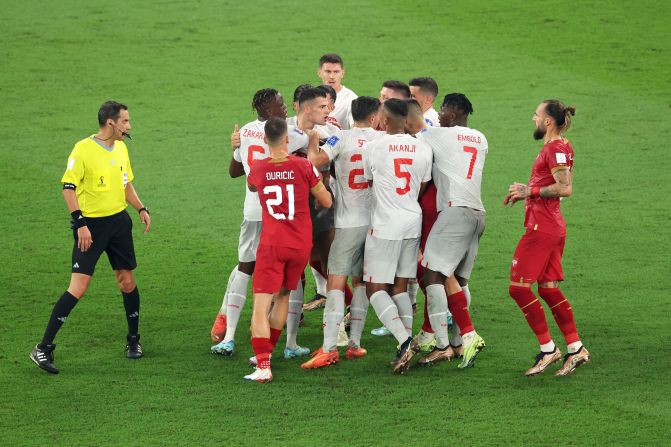


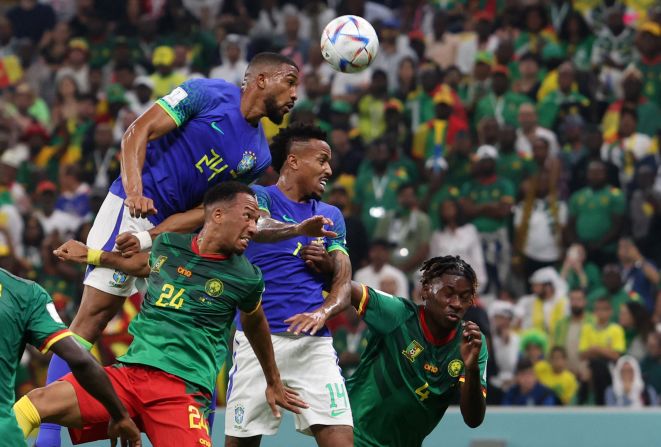
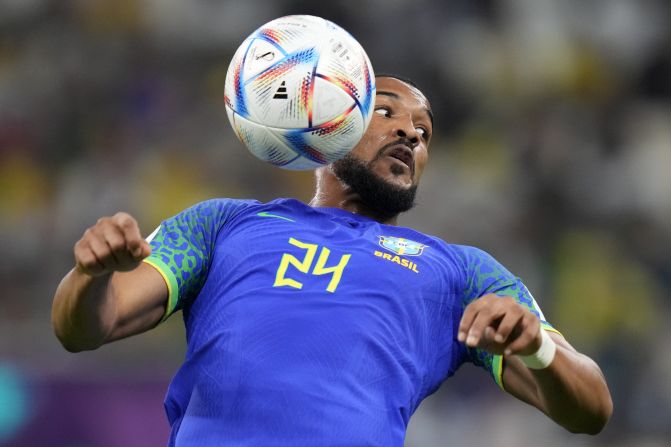
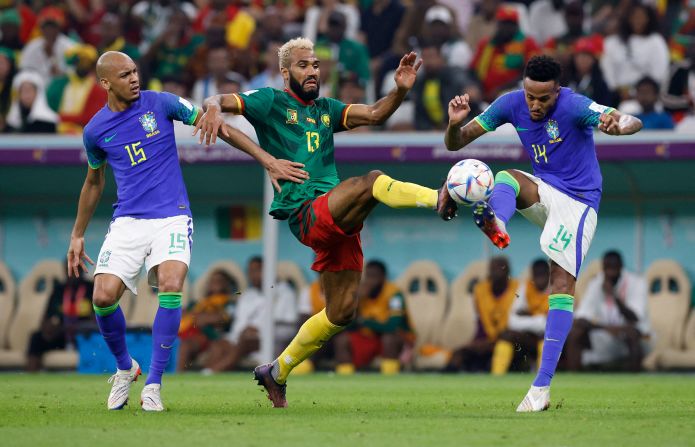

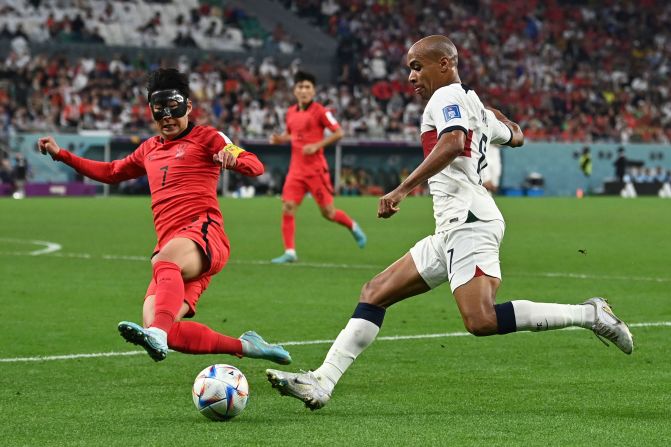
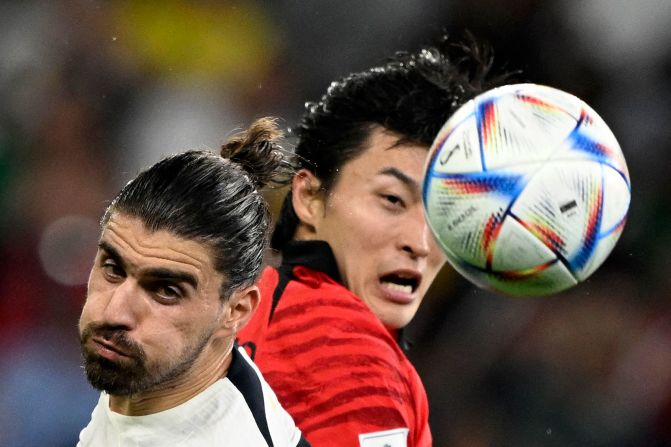
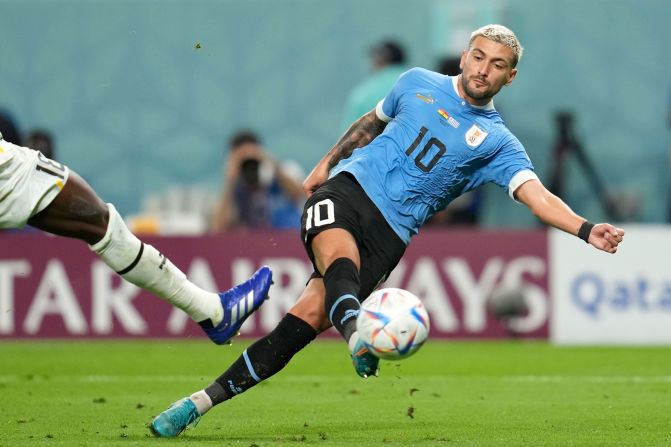

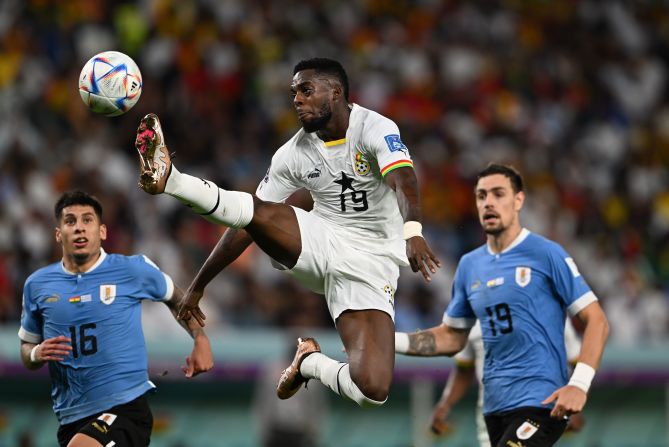
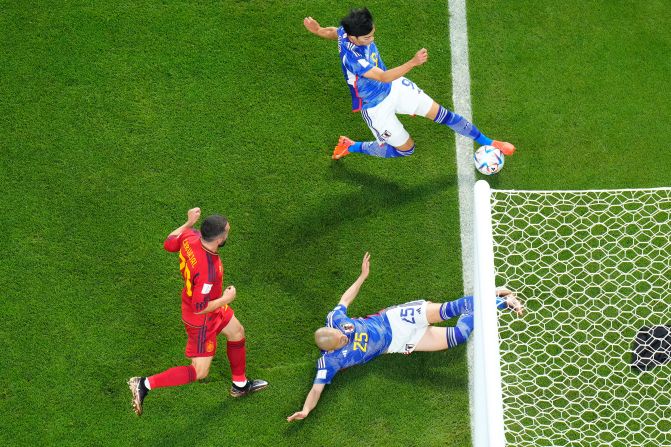


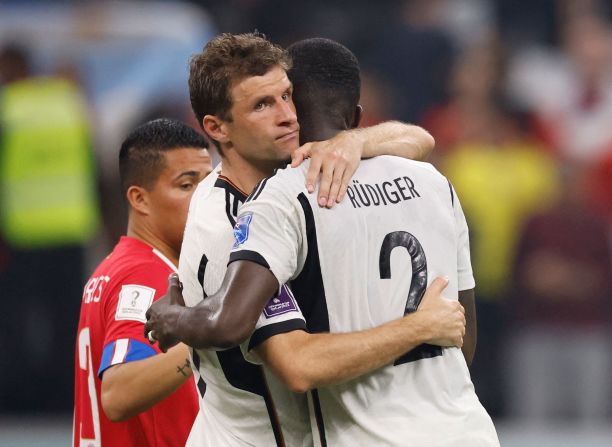
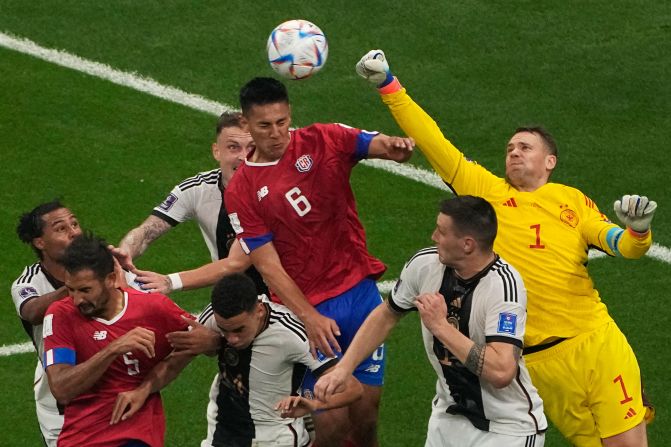
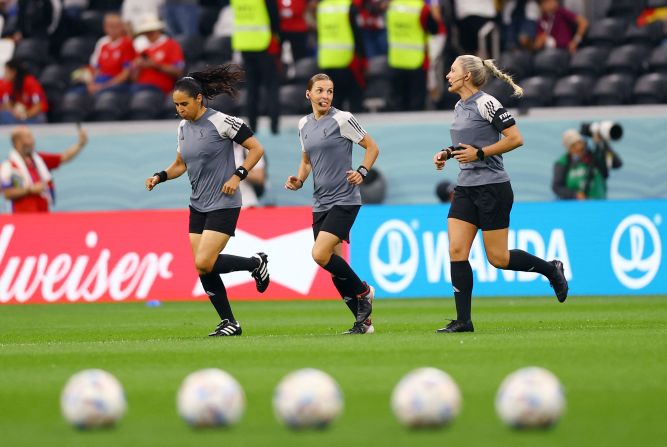



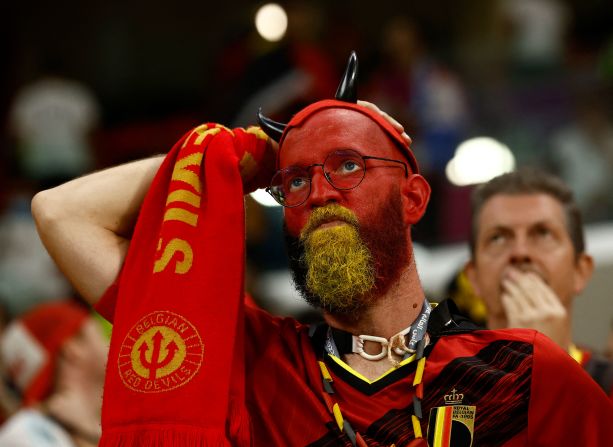
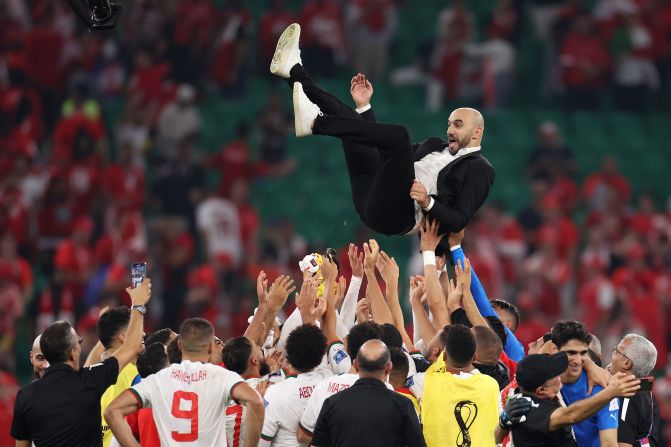
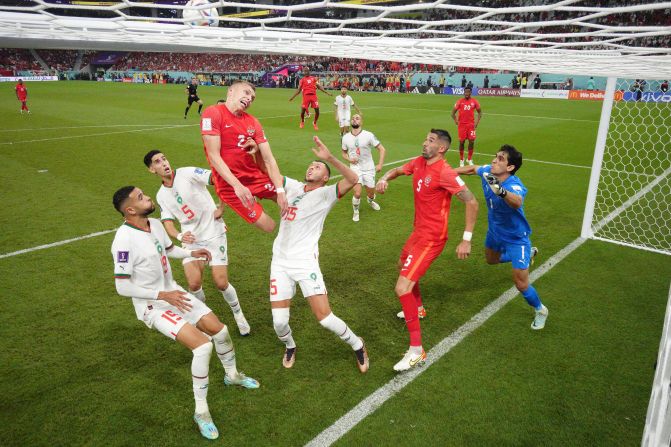
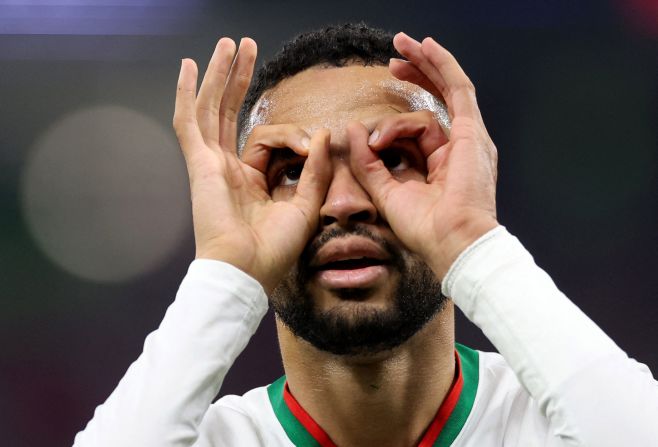


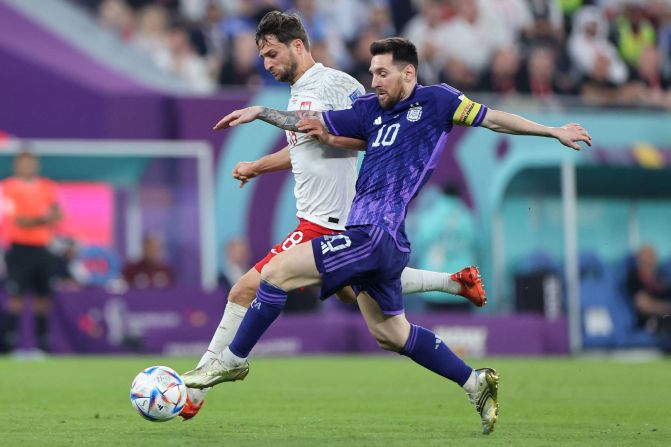
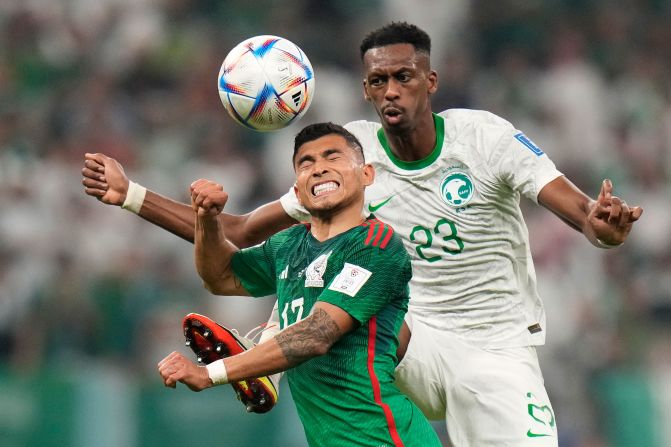
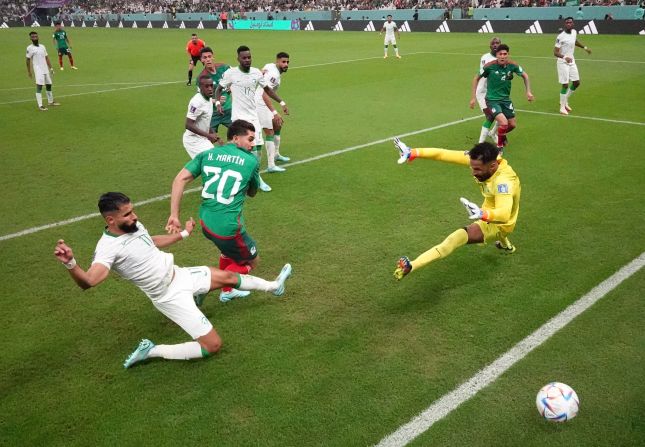




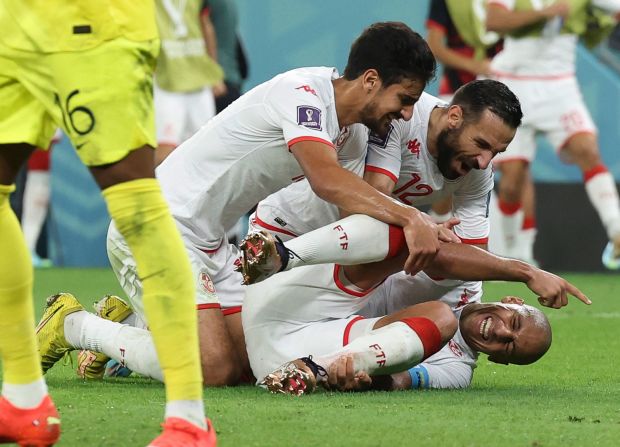
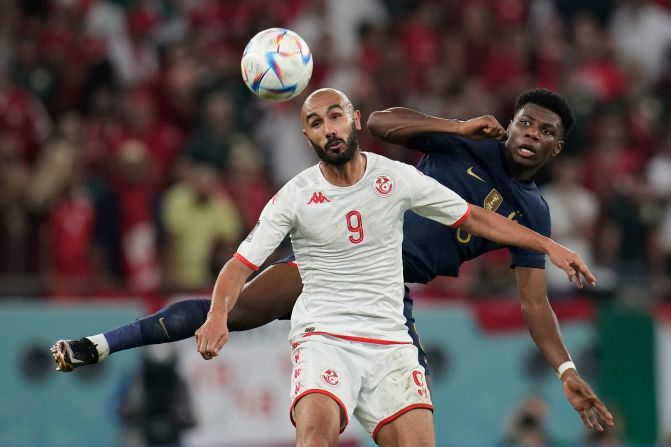
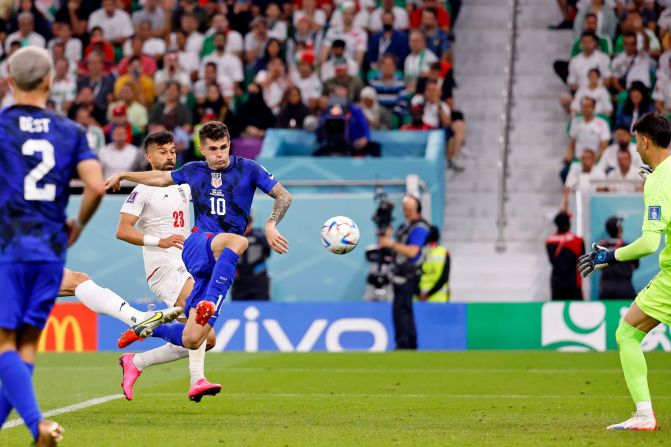

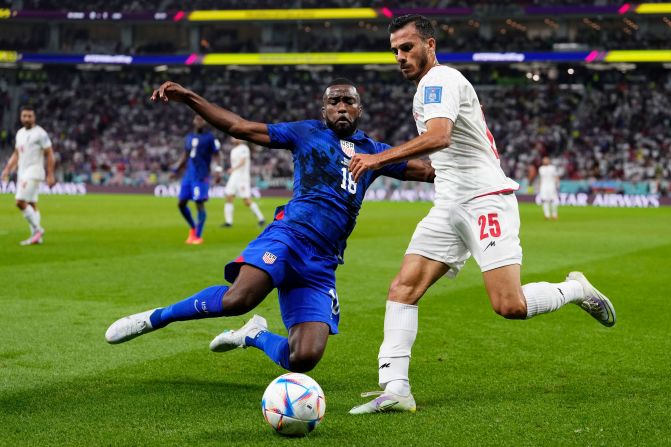

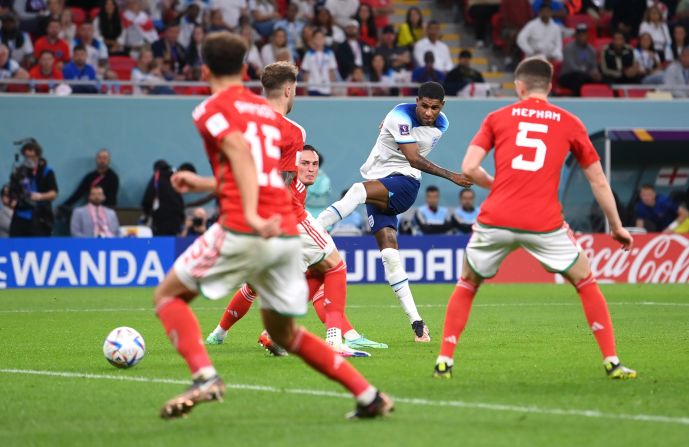
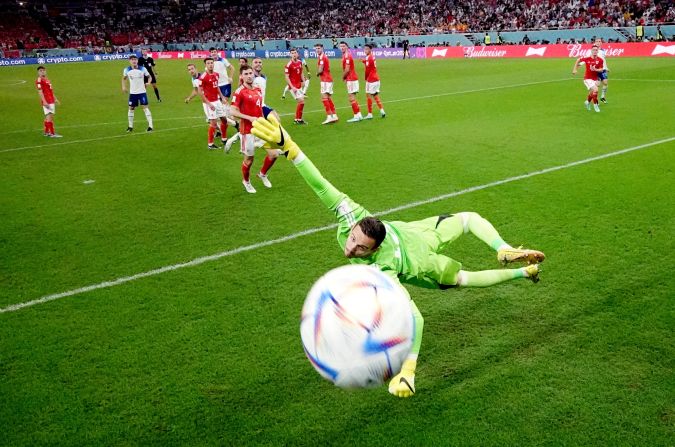

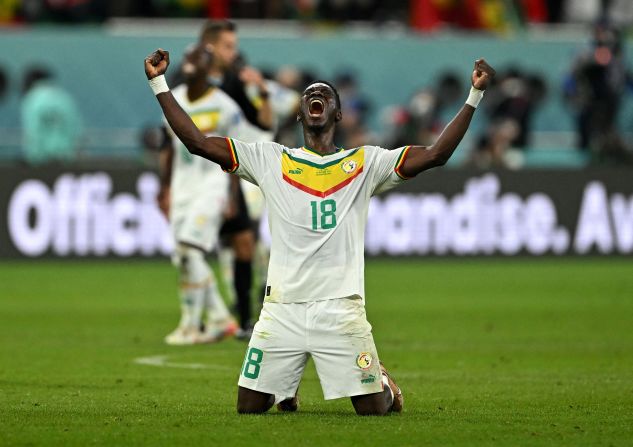

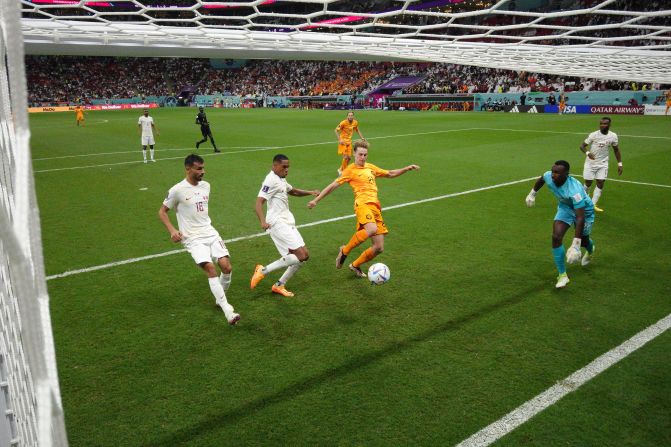
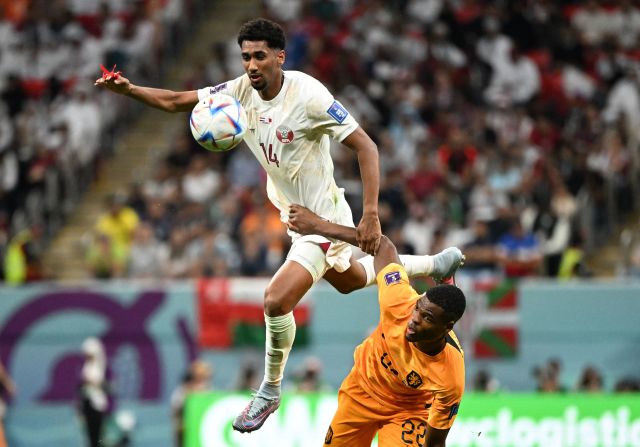
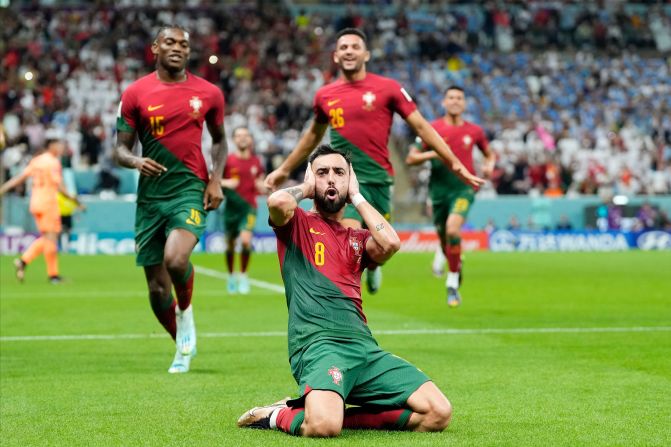

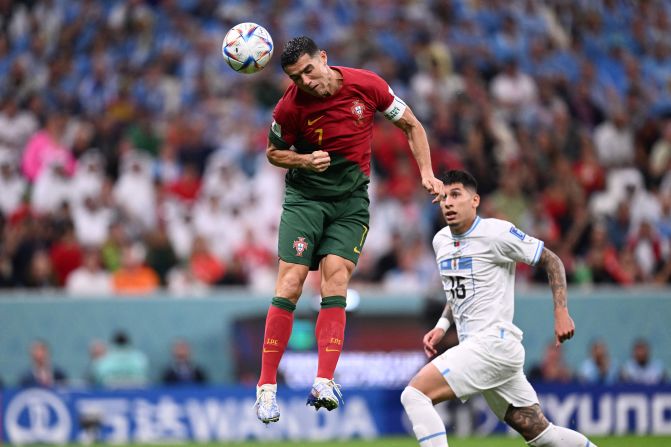
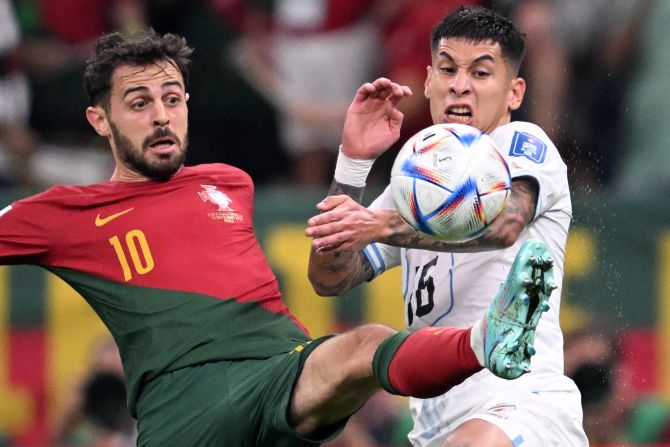
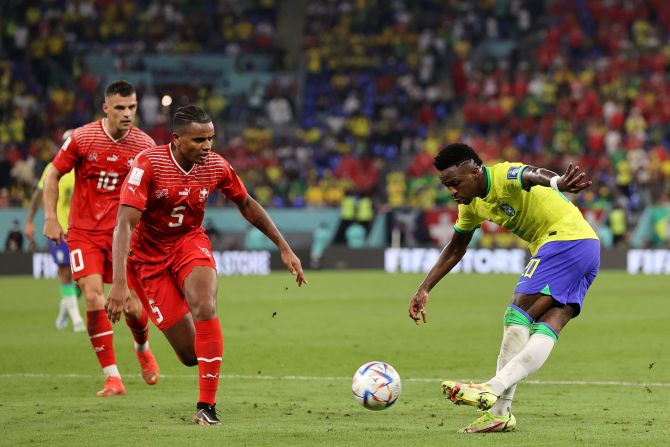
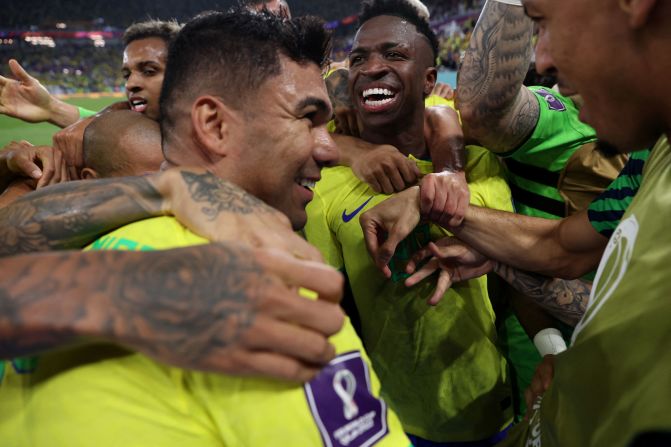
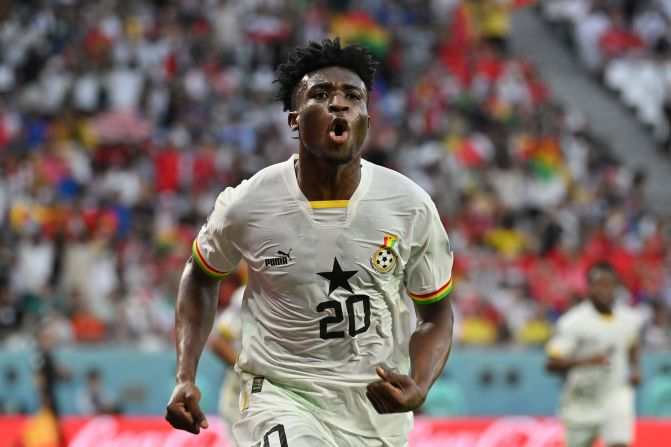
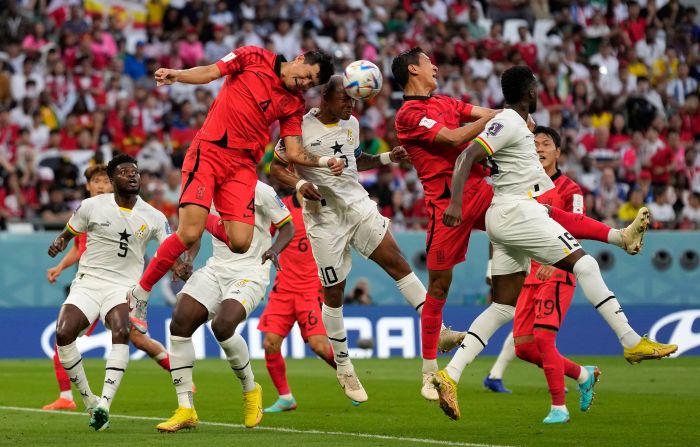
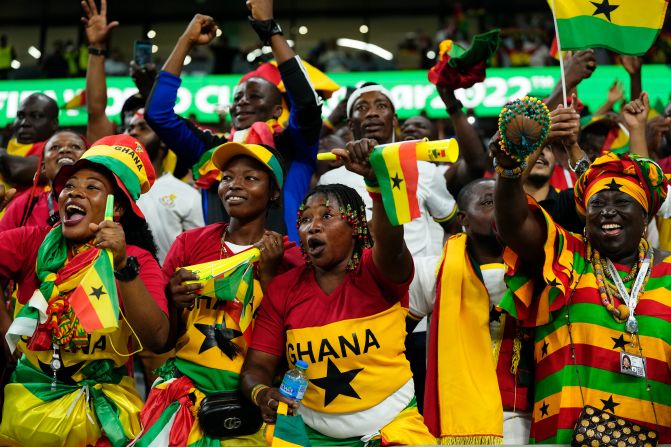

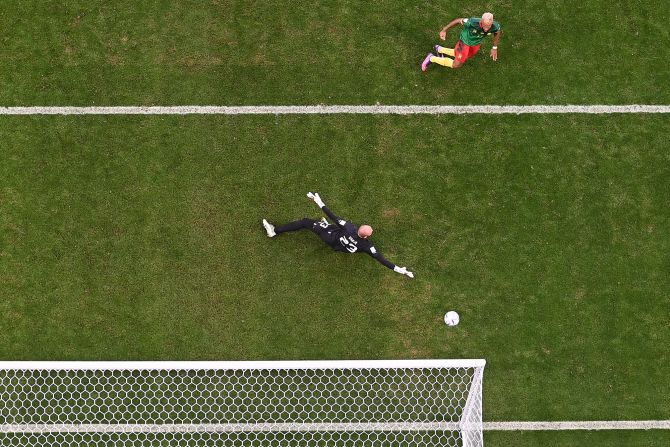
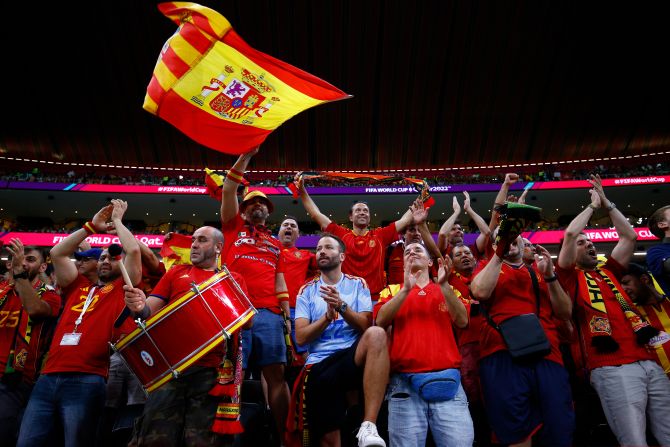



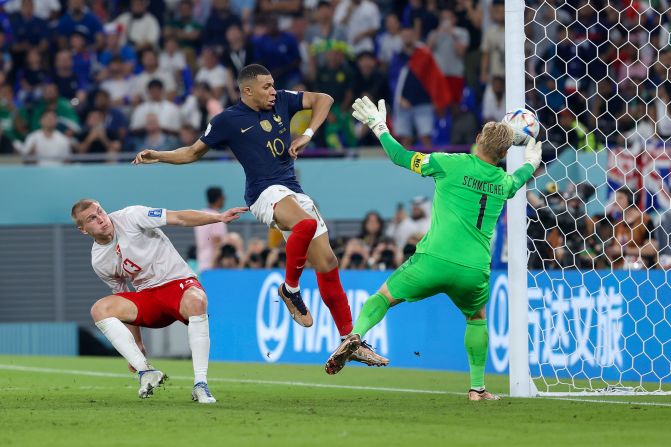


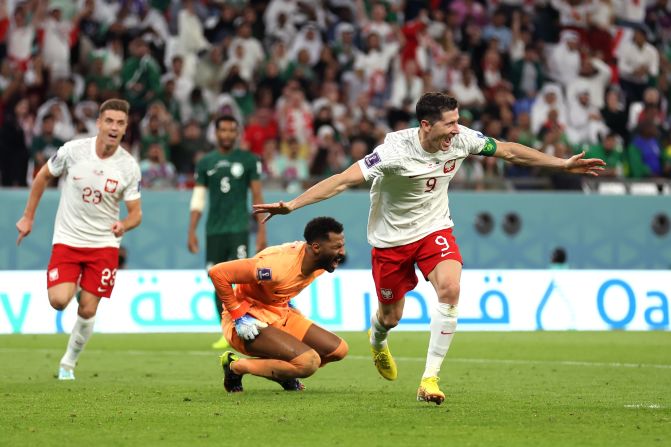
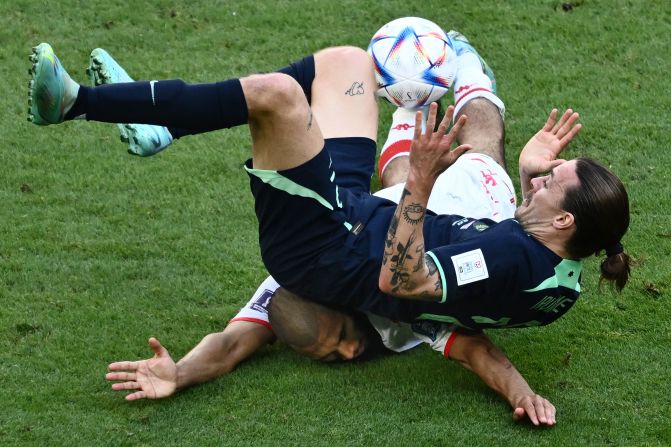
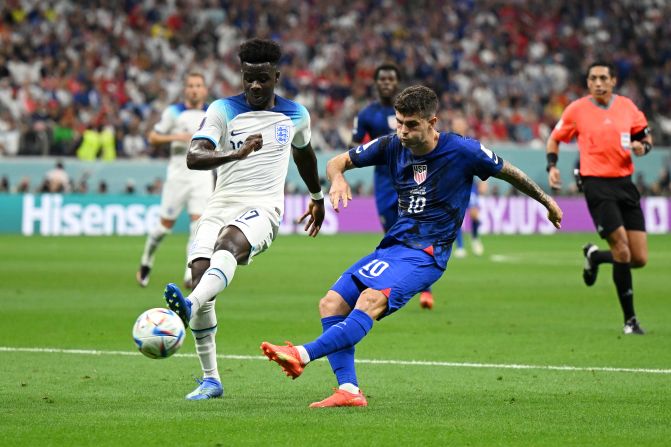
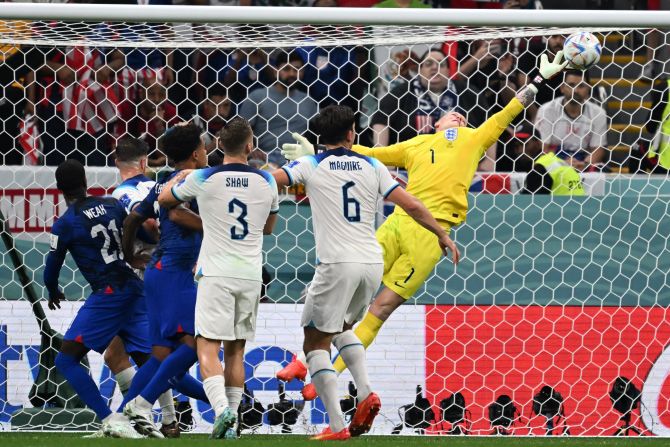


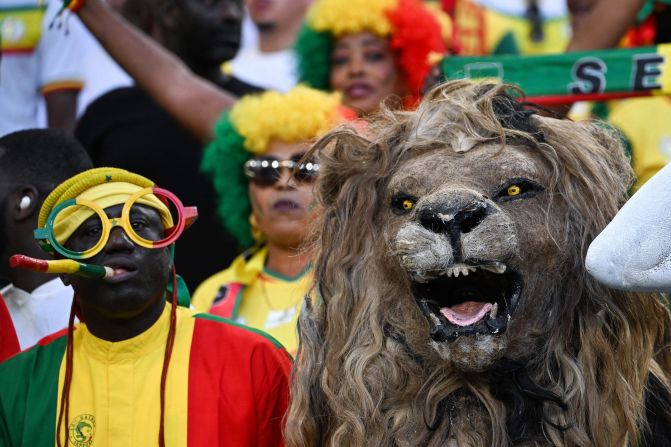
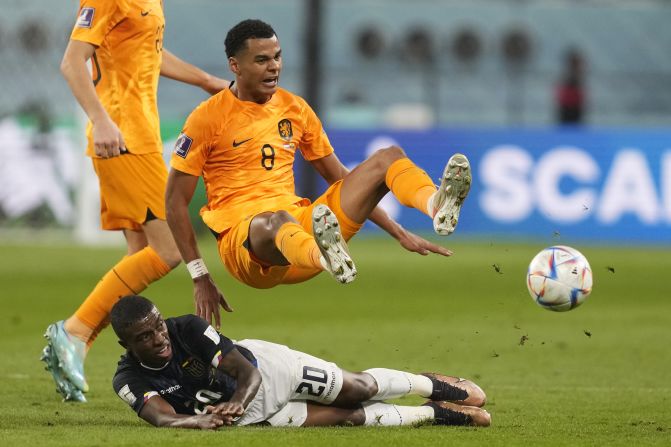

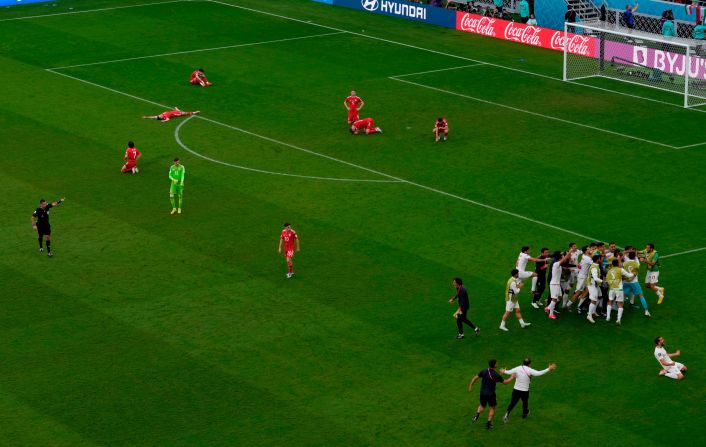
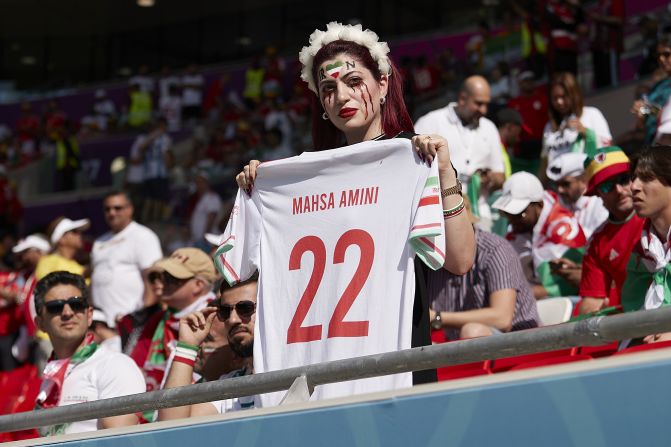
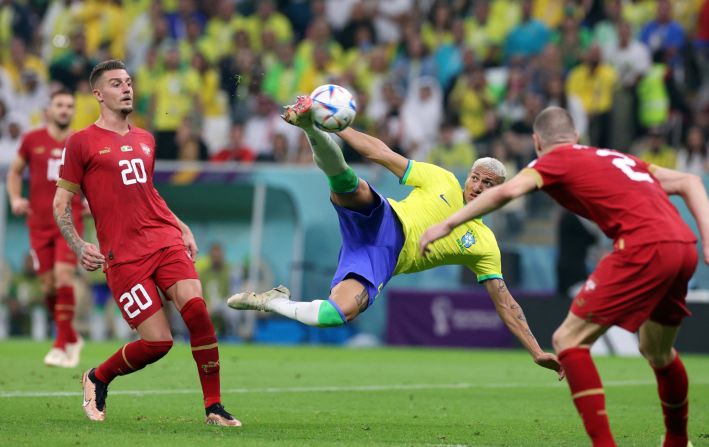

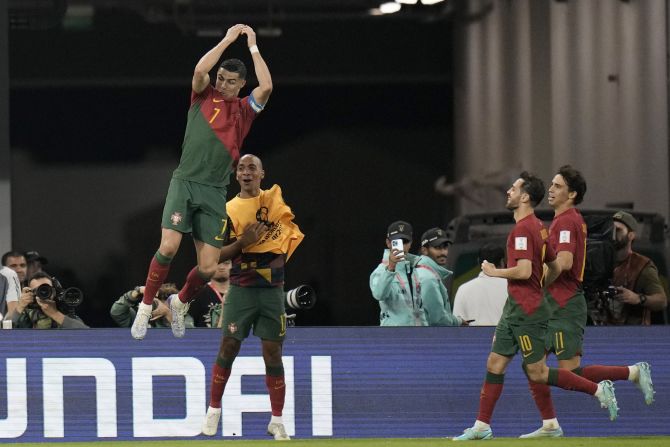
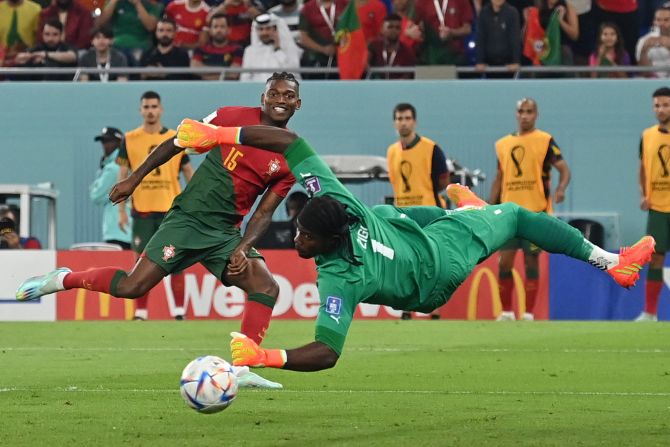
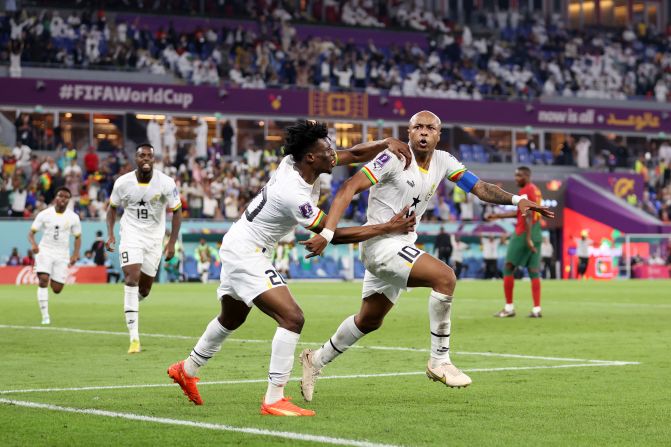
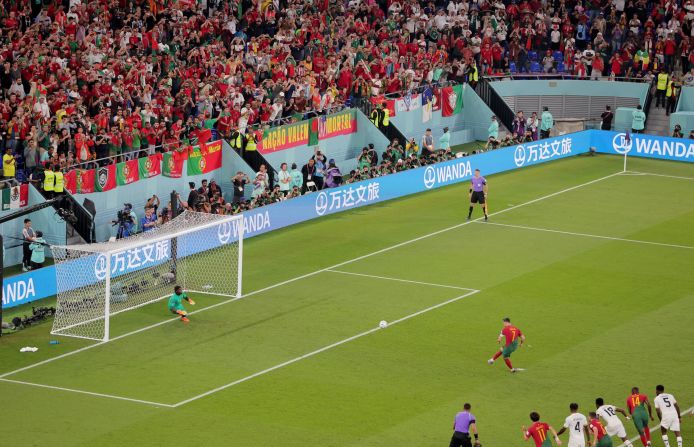
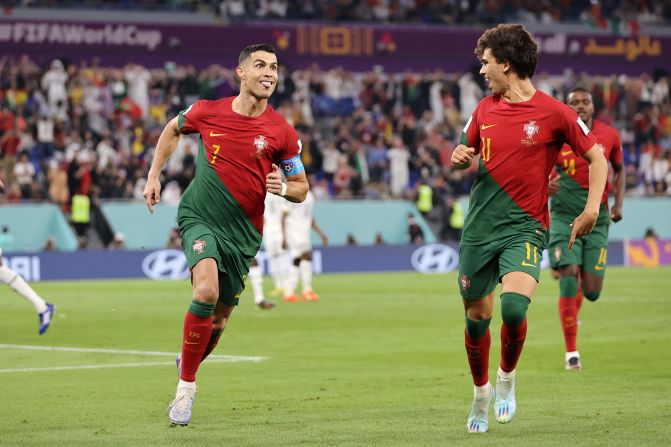

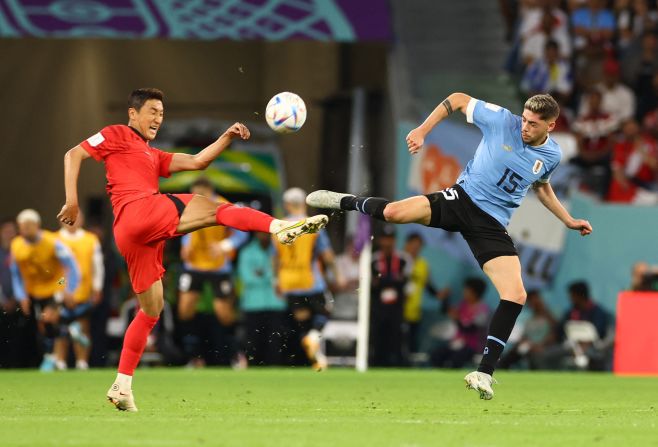

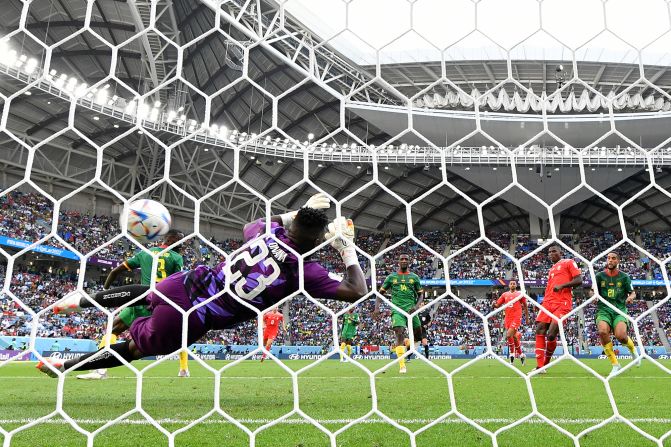
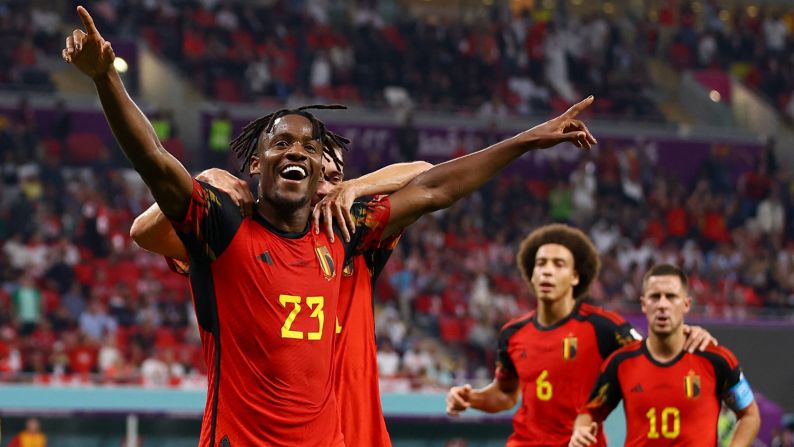

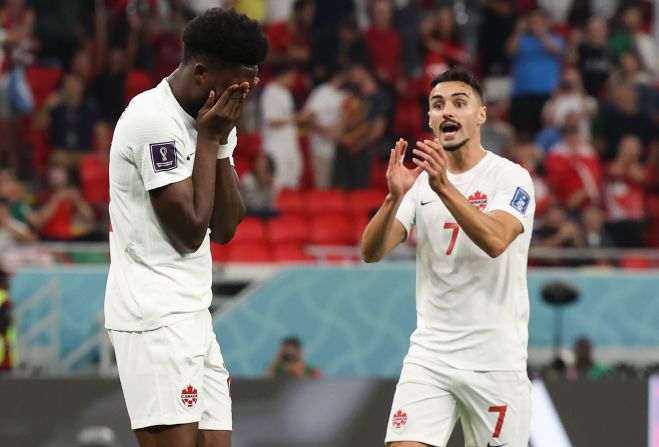
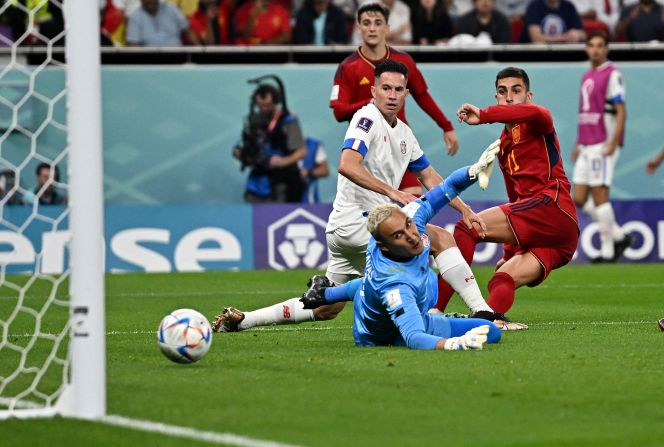
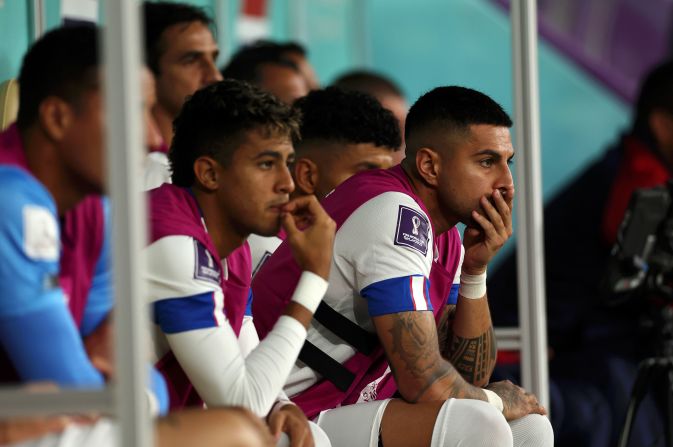
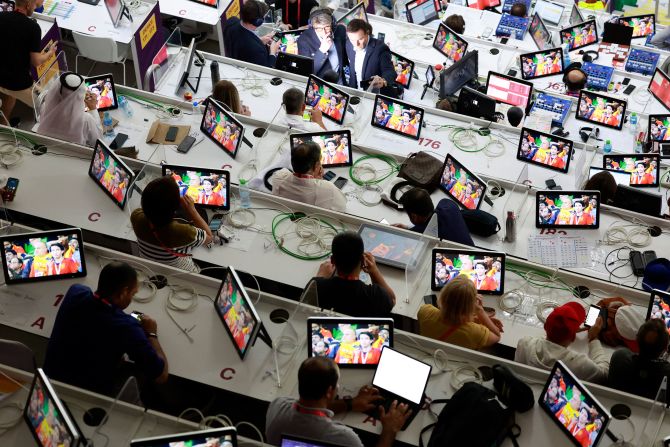


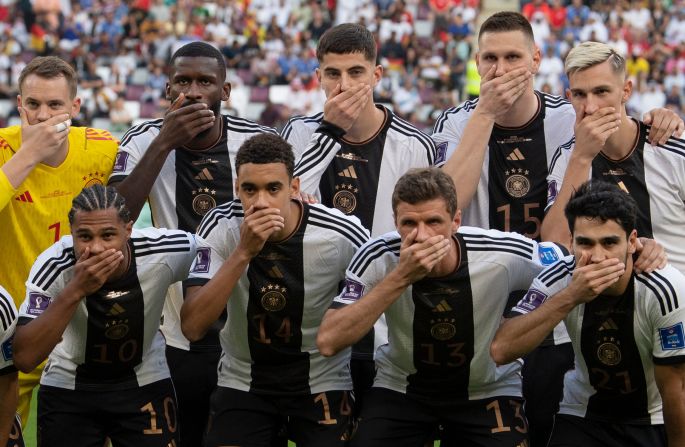
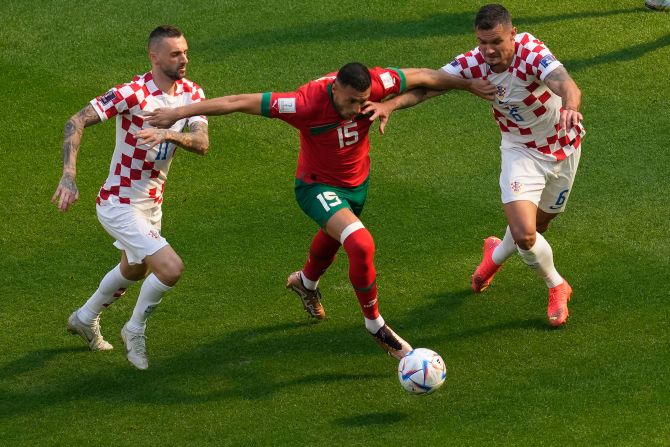
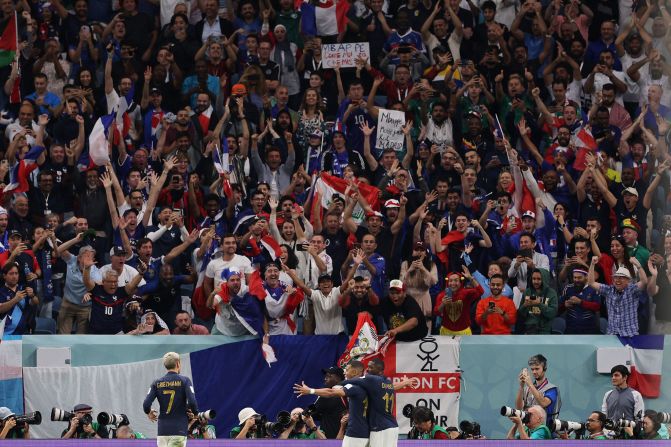
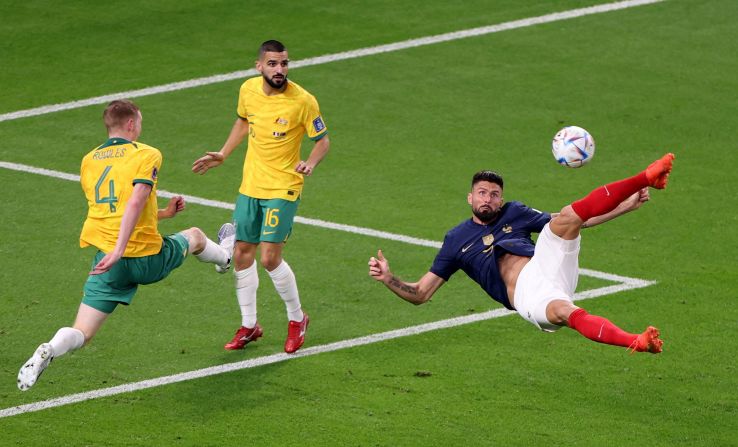
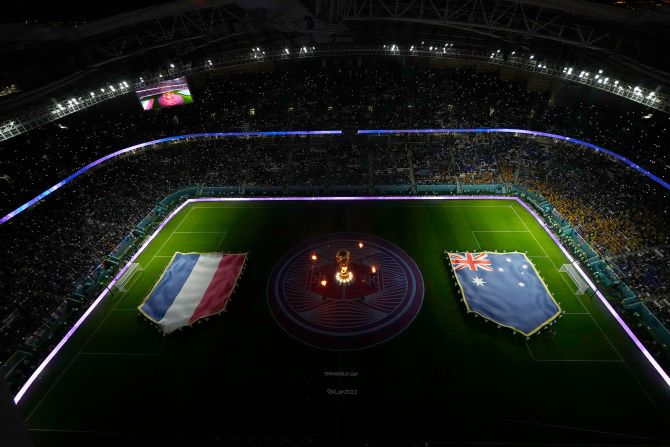
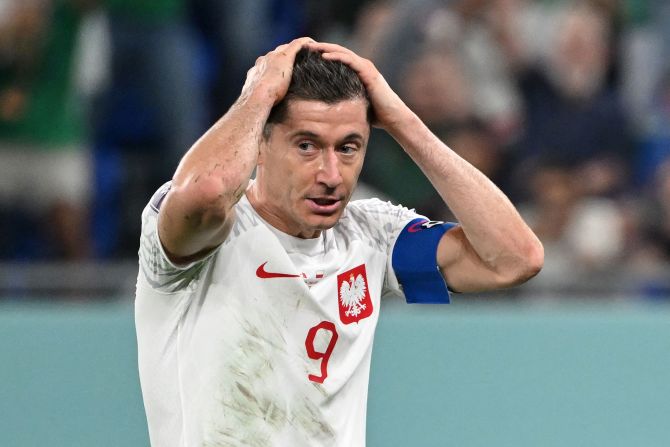
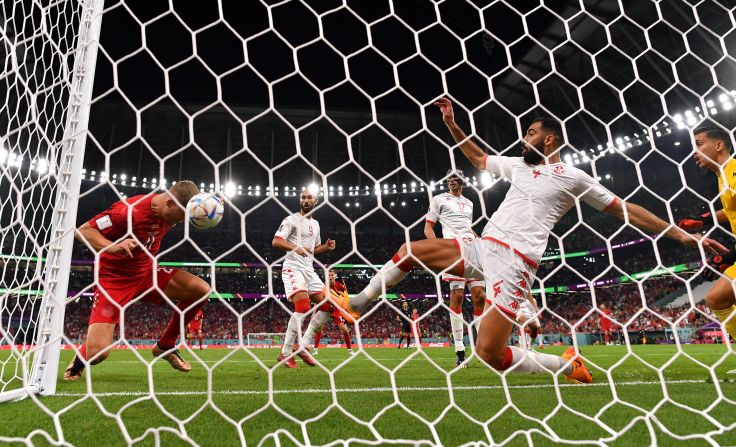
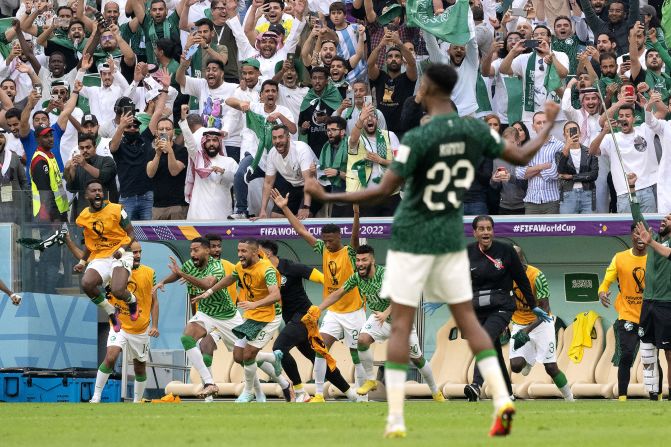
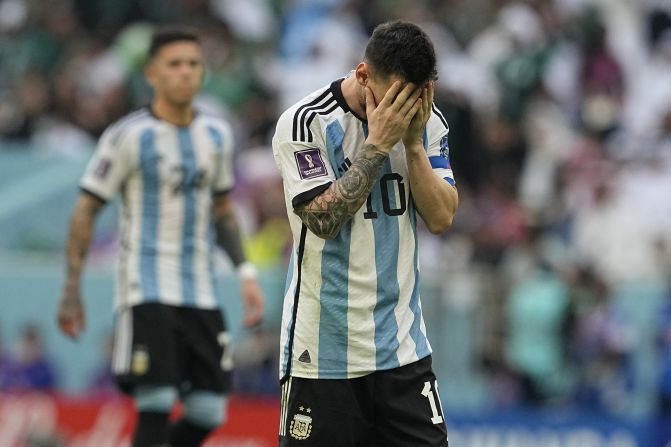
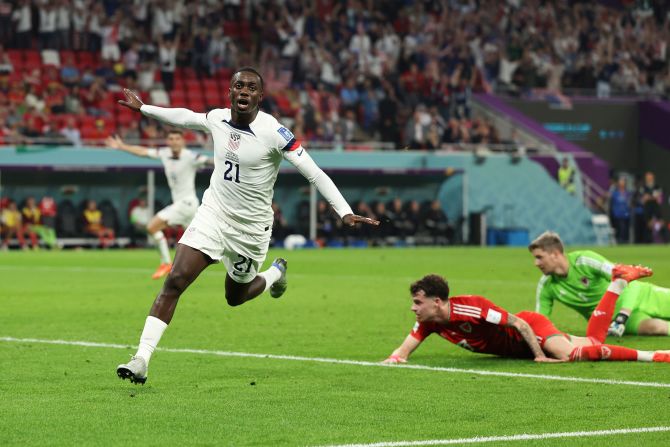
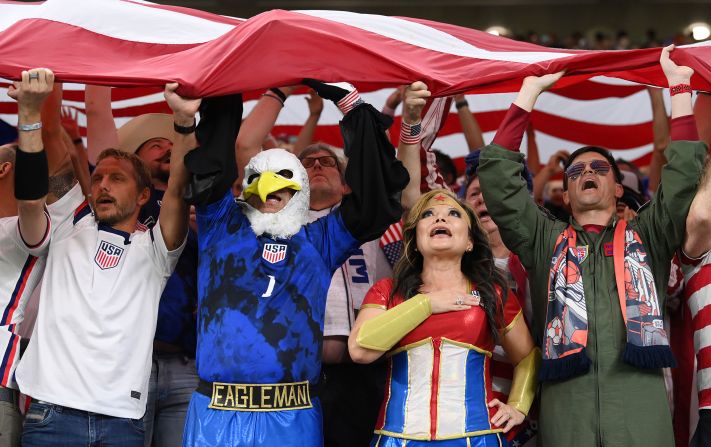
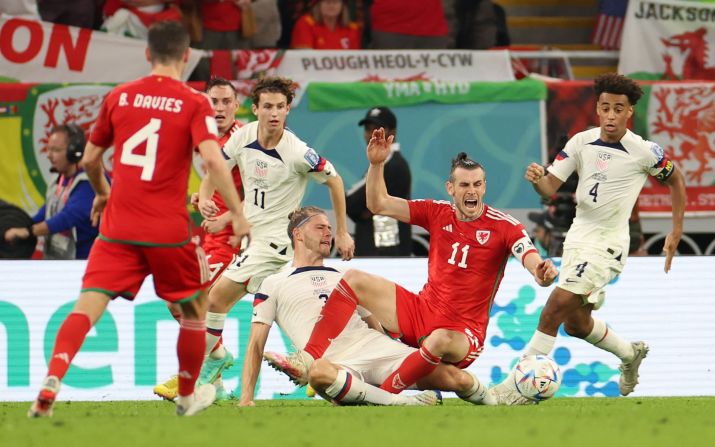
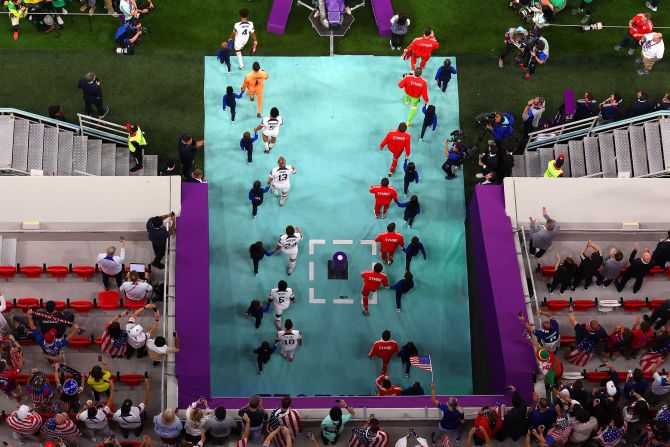

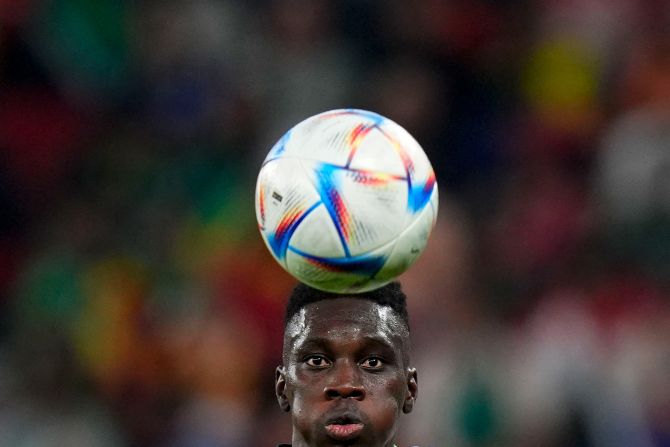
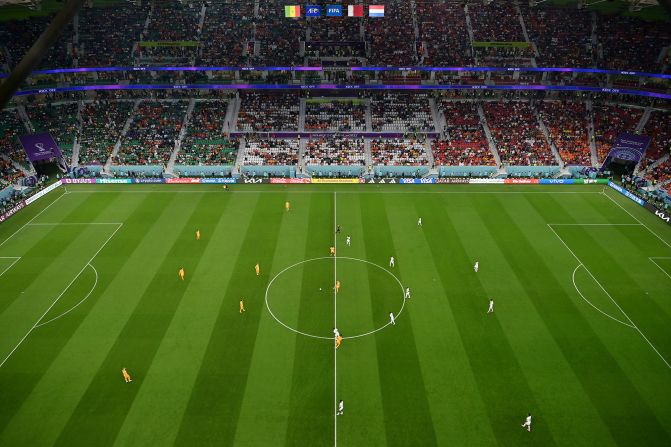

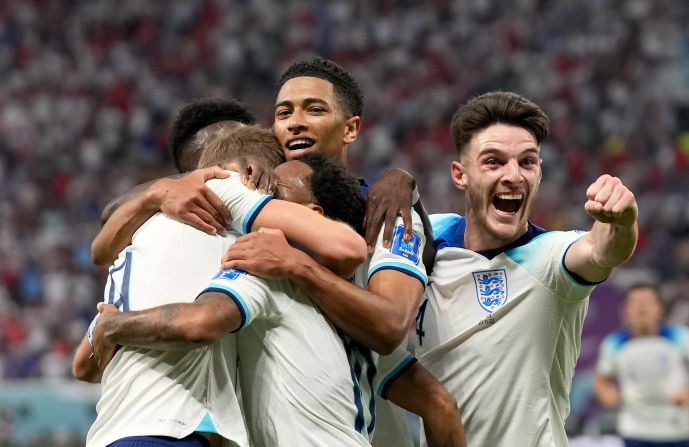



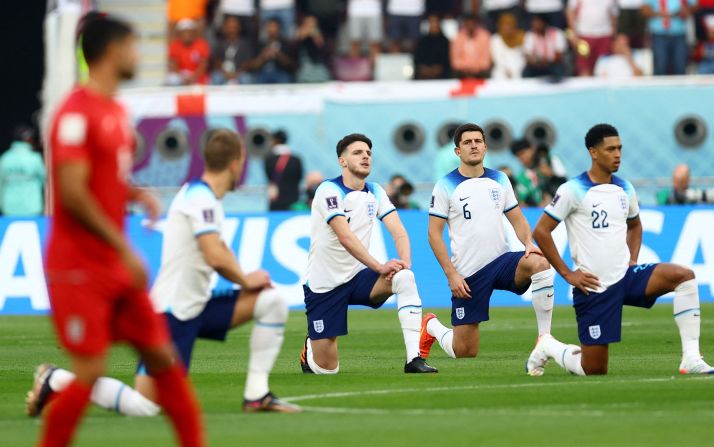
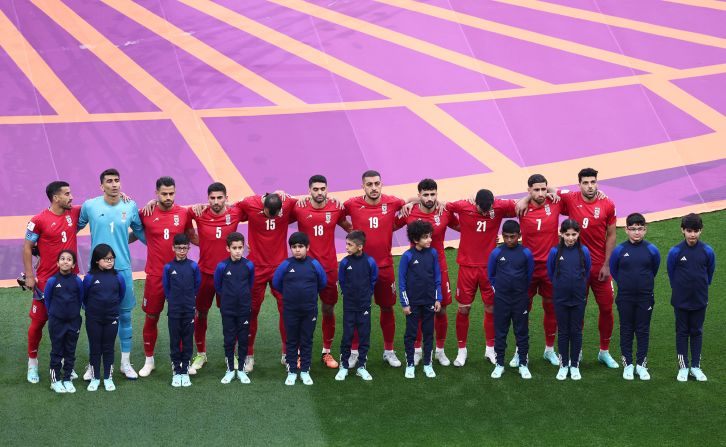
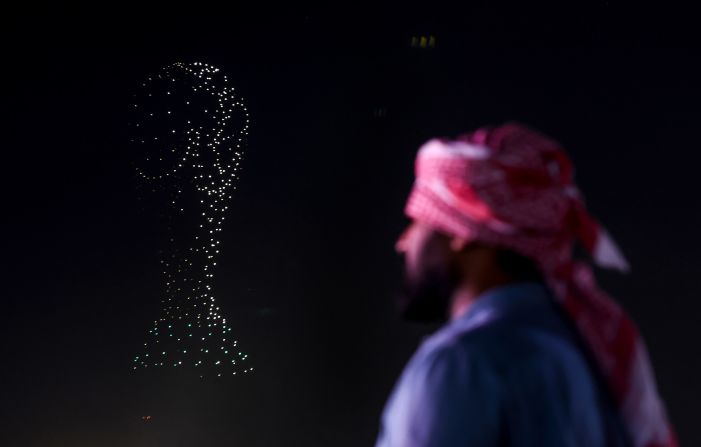
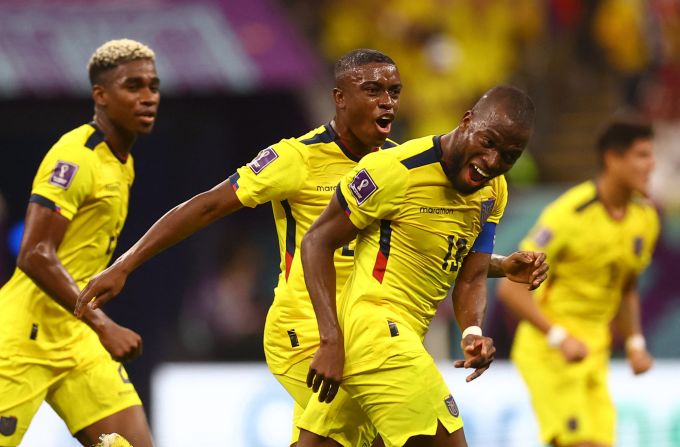

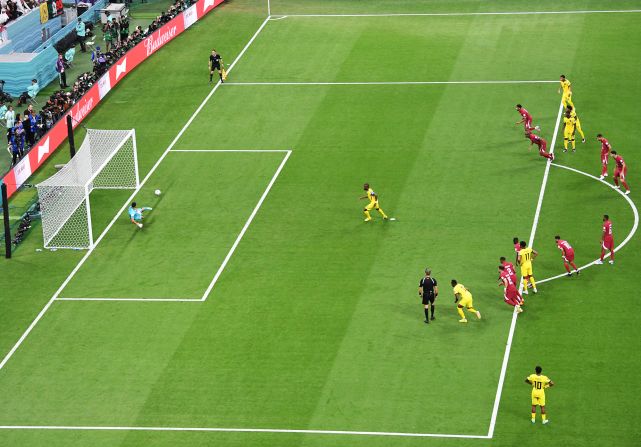



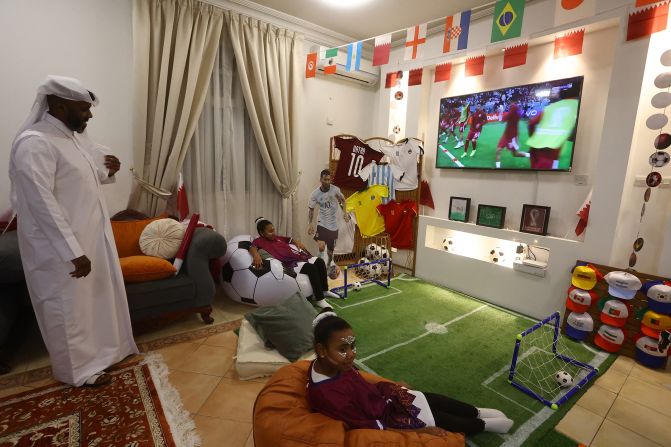



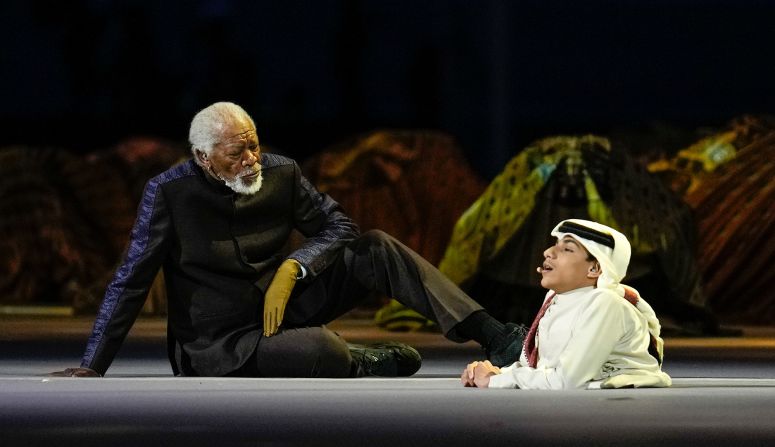
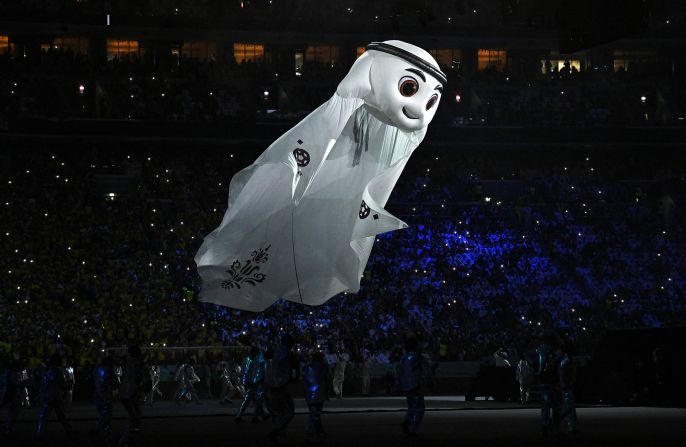


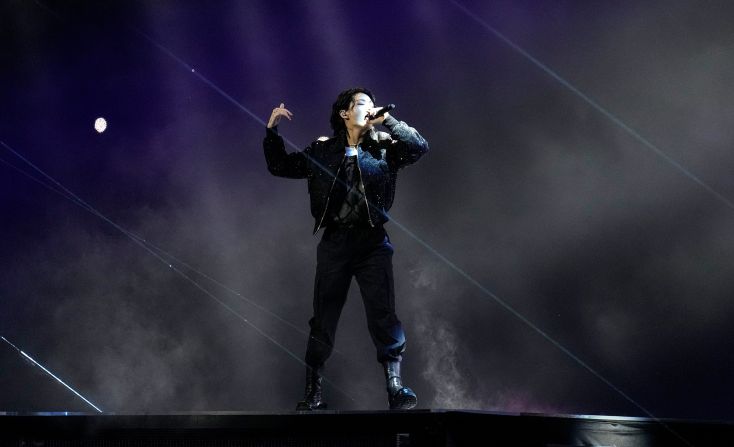

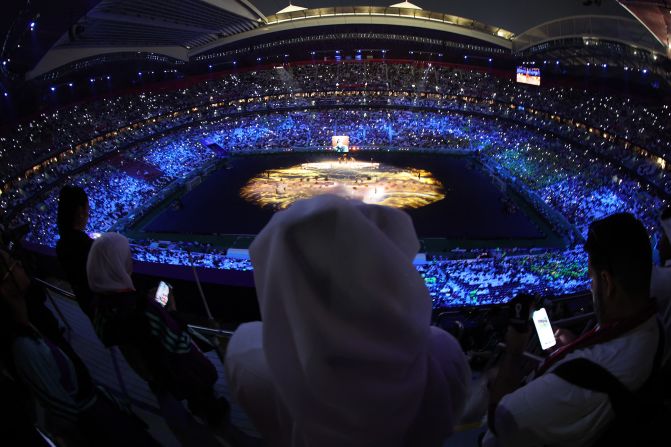
The best photos of the 2022 World Cup
“We didn’t want this story to end, we didn’t want this journey to end but it is how it is and we have to keep our heads up because I think this group we exceeded expectations that people had for us. I think we’ll continue to do that.”
There are still some issues to address before 2026, evident before and exposed by the defeat to the Netherlands.
The USMNT scored just two goals during the group stage and mustered only one against the Netherlands, despite having seven attempts on target.
Its defense, which had been so robust earlier in the tournament, conceded goals at key moments against the Netherlands – the first time the Dutch mounted a real attack, on the stroke of halftime, and just minutes after Haji Wright had scored to close the gap for the USMNT.
“In the past three games, I’d say we defended the moments really, really well,” Adams said afterwards, according to ESPN. “And the three goals come from moments where we’re probably sleeping a little bit.”
But with another three years of preparation and another three years for its players to gain more experience, the USMNT can take plenty of positives from this tournament as it turns its focus towards a home World Cup in 2026.
